Bruhn, Analysis and design of flight vehicle structures
…
817 pages
1 file

Sign up for access to the world's latest research
Figures (613)





































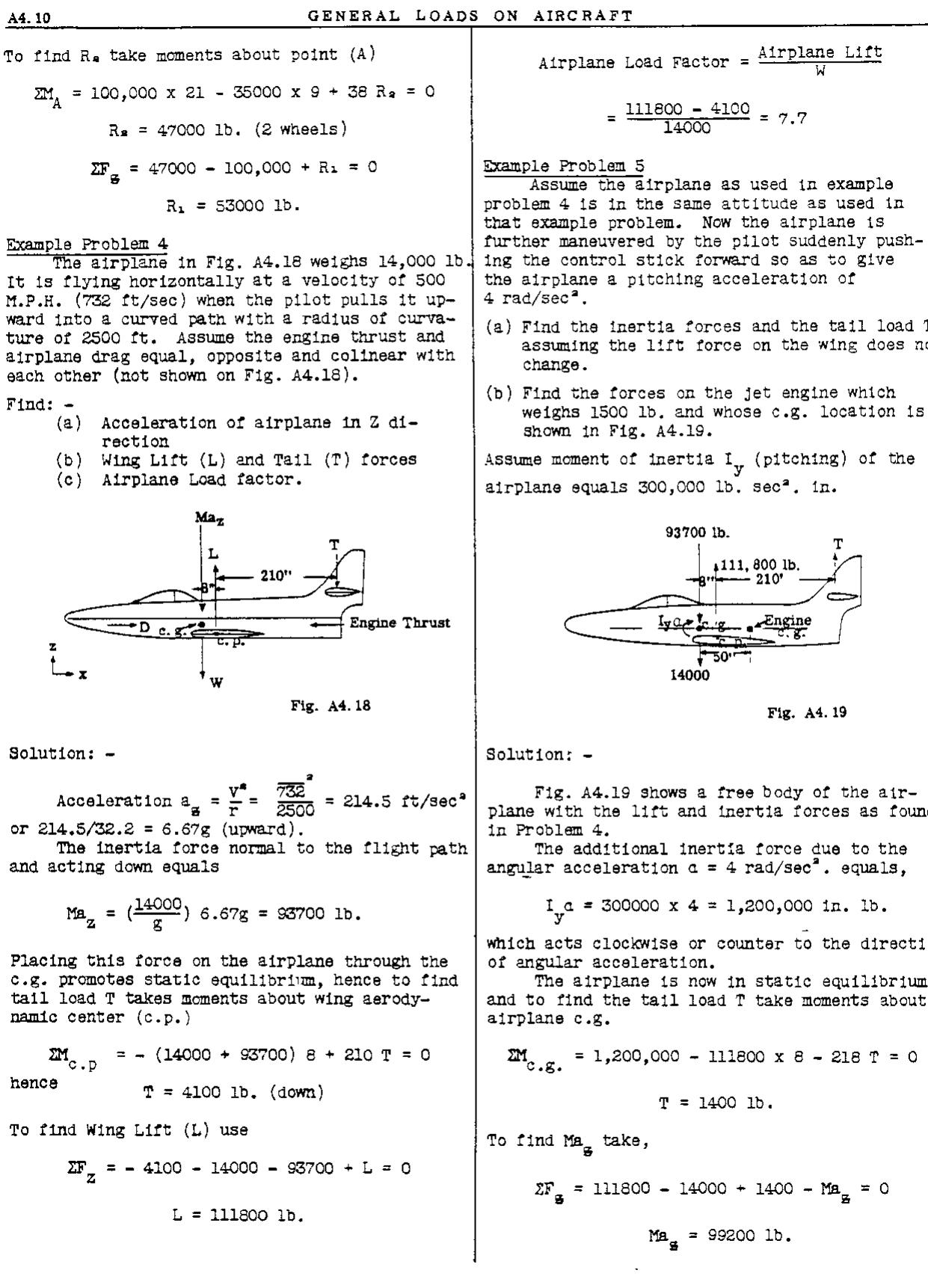






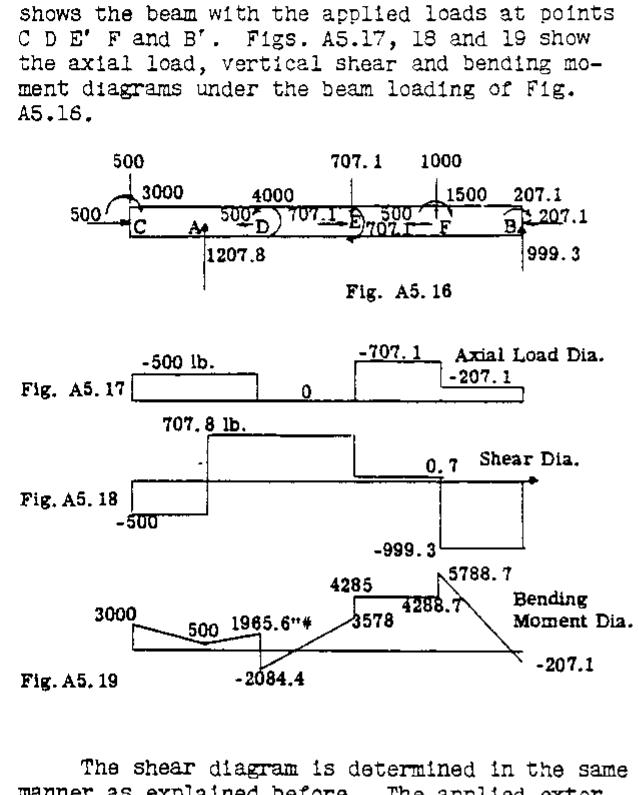




















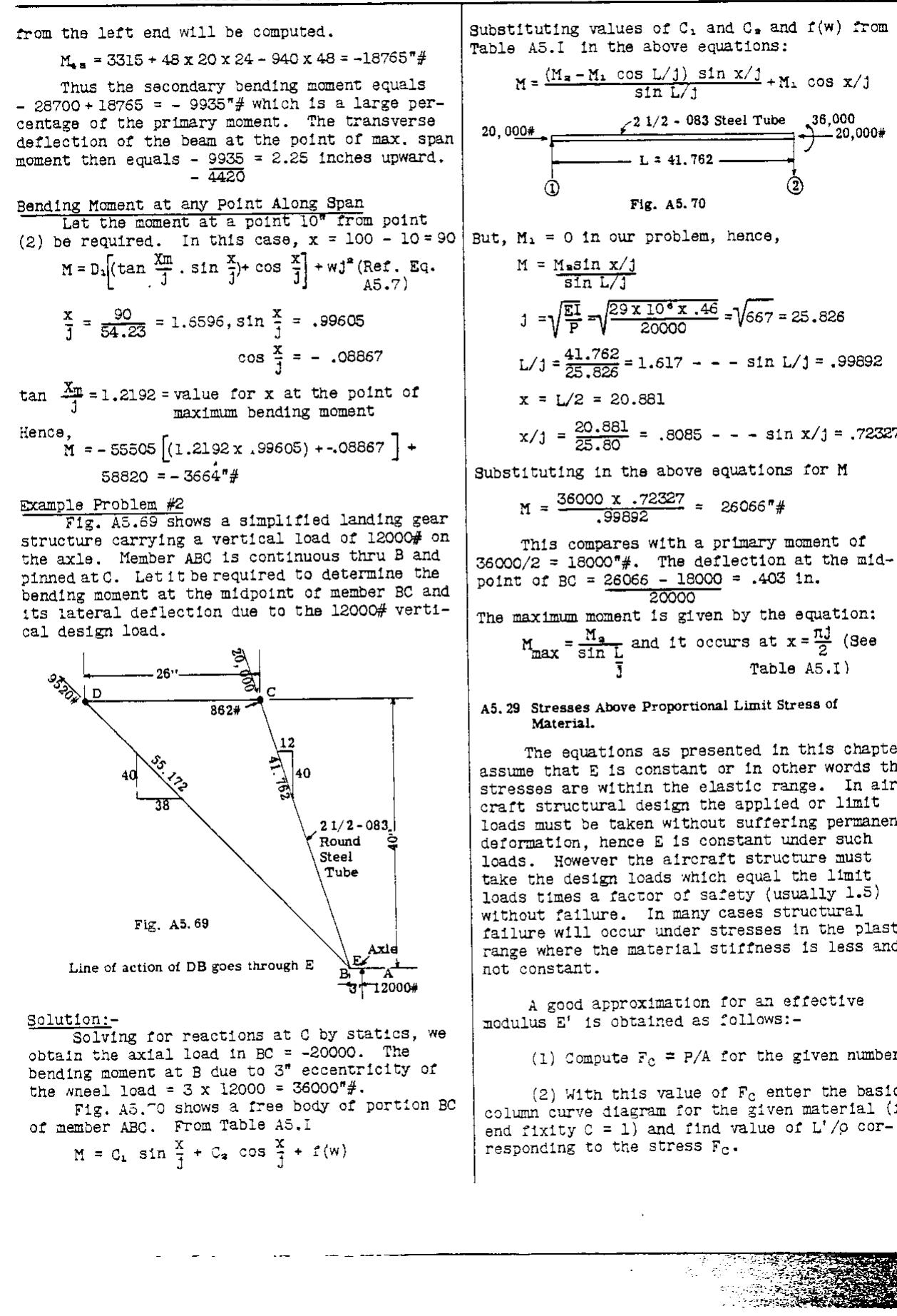




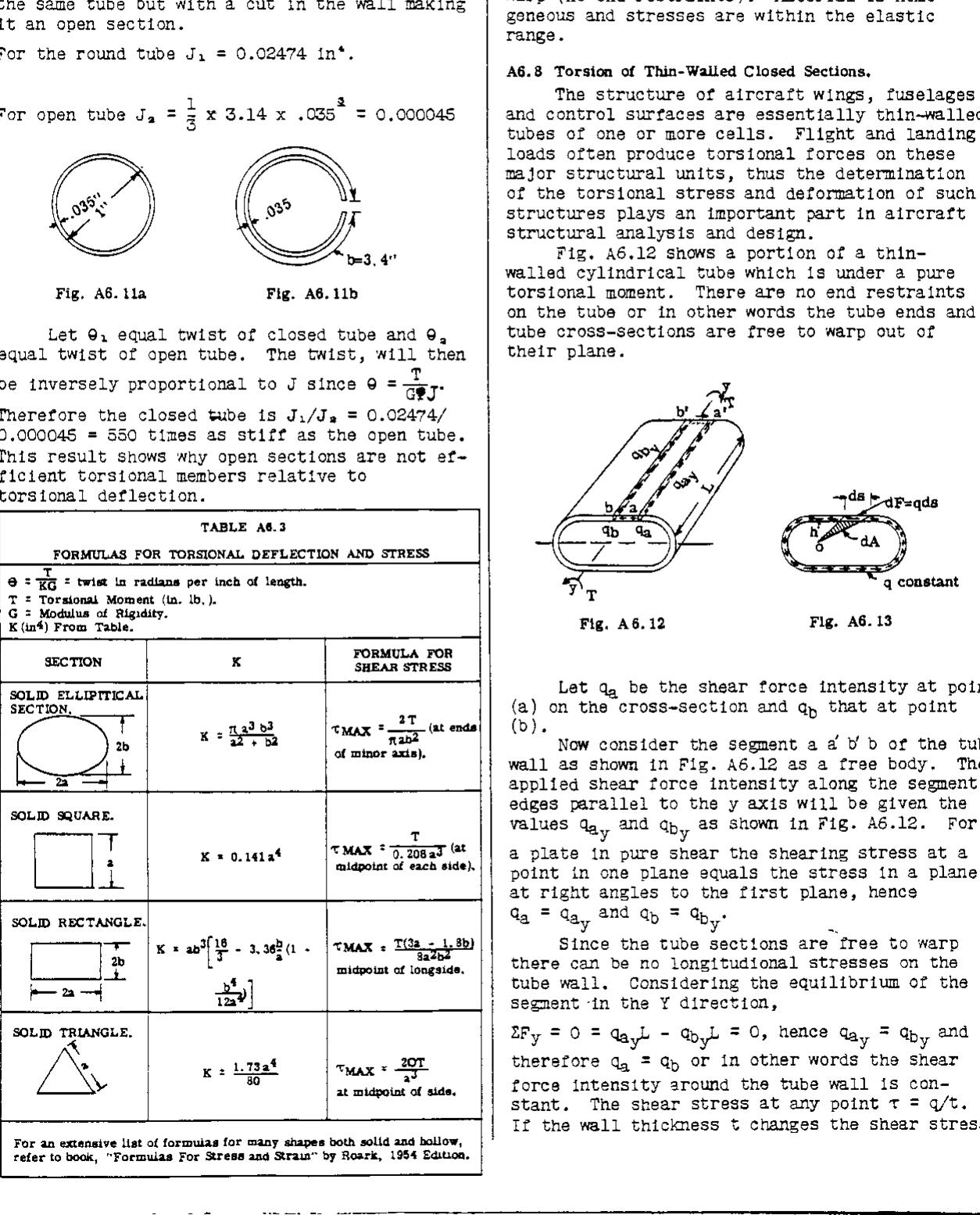
















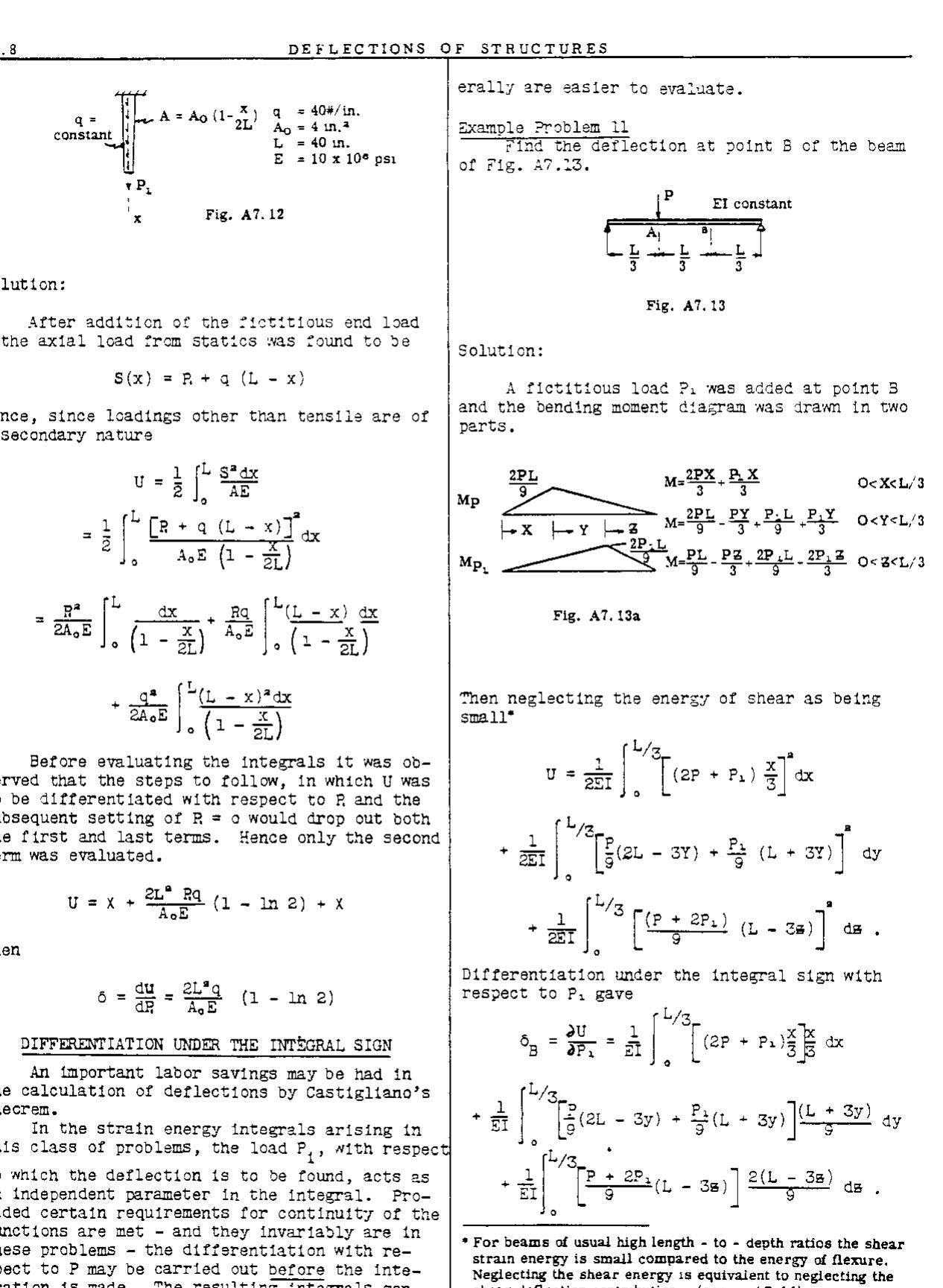
![A7,7 Calculation of Structural Deflections by the Method of Dummy-Unit Loads (Method of Virtual Loads). The strict application of the calculus to Castigliano’s theorem as in Art. A7.6, leads toa number of cumbersome techniques ill-suited to the solution of large complex structures, A more flexivle approach, readily adapted to improved "yook keeping” techniques {s the Method of Dummy- Unit Loads developed independently >y J. C. Maxwell (1864) and 0. 2, Mohr (1874). That the equations for the Method of Dummy-Unit Loads may be der‘ved in a number of ways is attested to by the great variety of names applied to this method in the if erature 9 , Presented below are two derivations of the equations stemming om di2Zerent viewpoints. One derivation ob- tains the equations oy 4 reinterpretation of the symbols of Castigliano’s thecrem - essentially an appeal So the concepts of strain energy. The other derivation uses the principles of rigid oody mechanics. Based 2s they are upon a common set of consistent assumptions, a1] the methods must, ¢ course, yield the same result.](https://figures.academia-assets.com/46392814/figure_079.jpg)



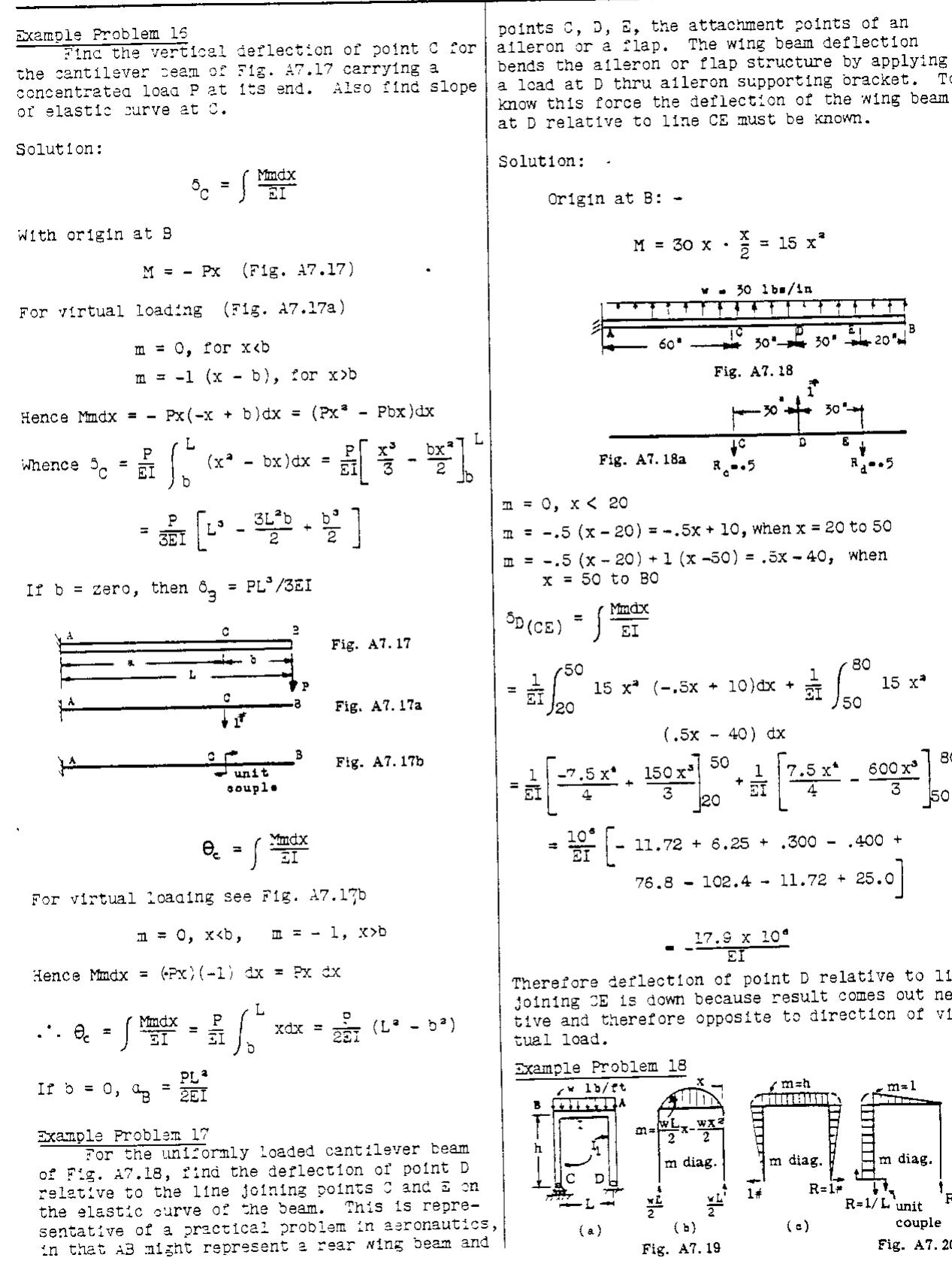




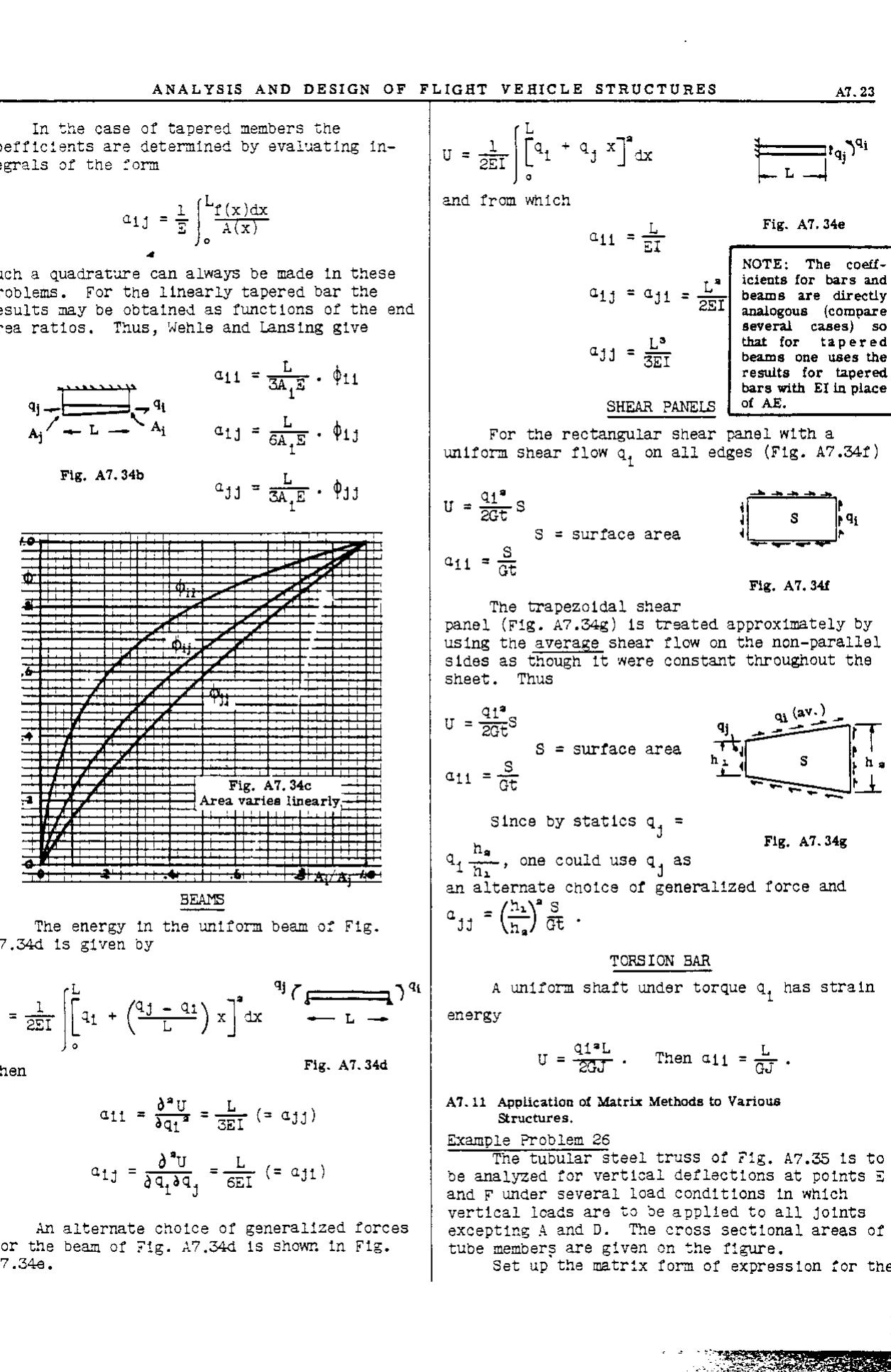


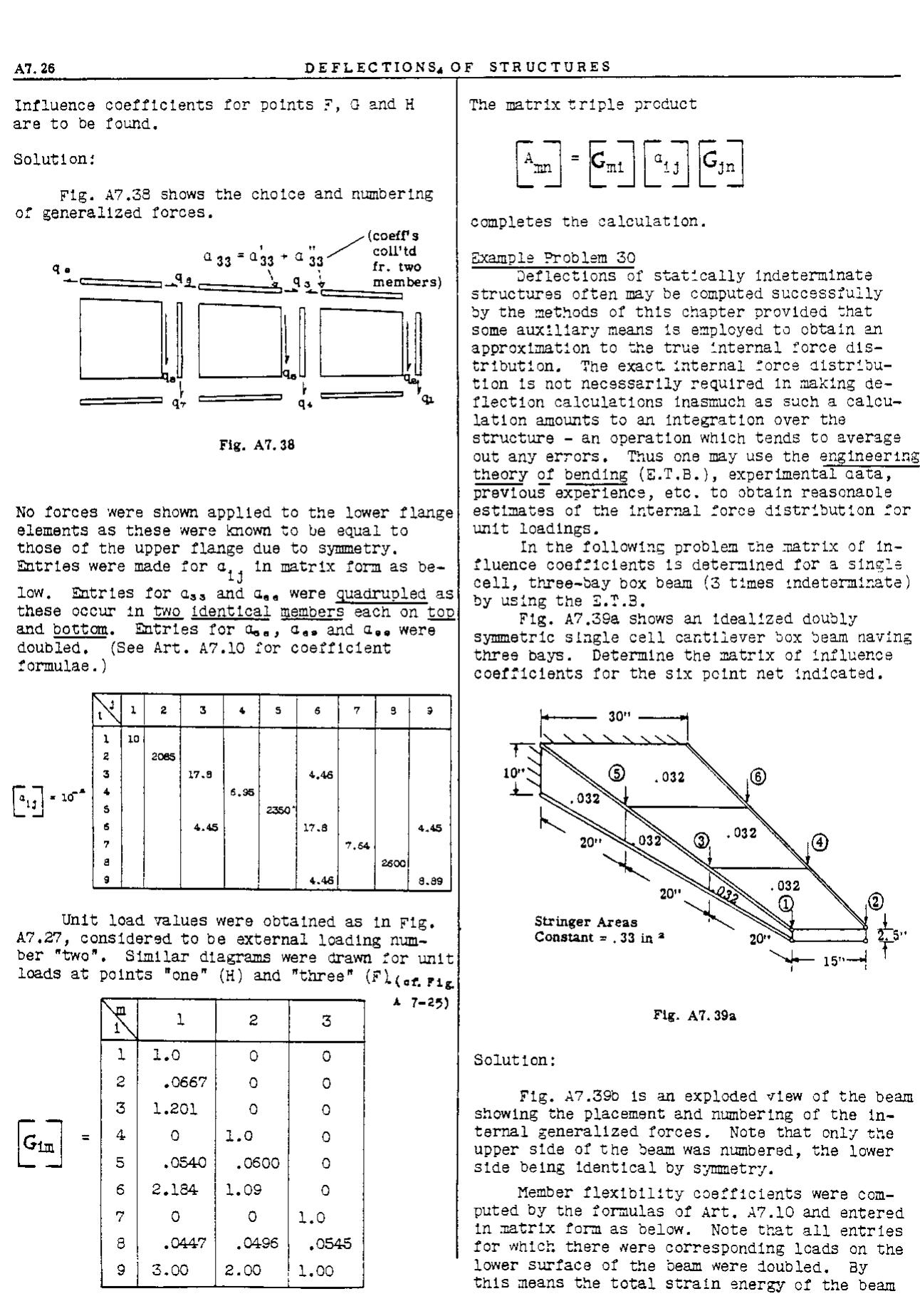


















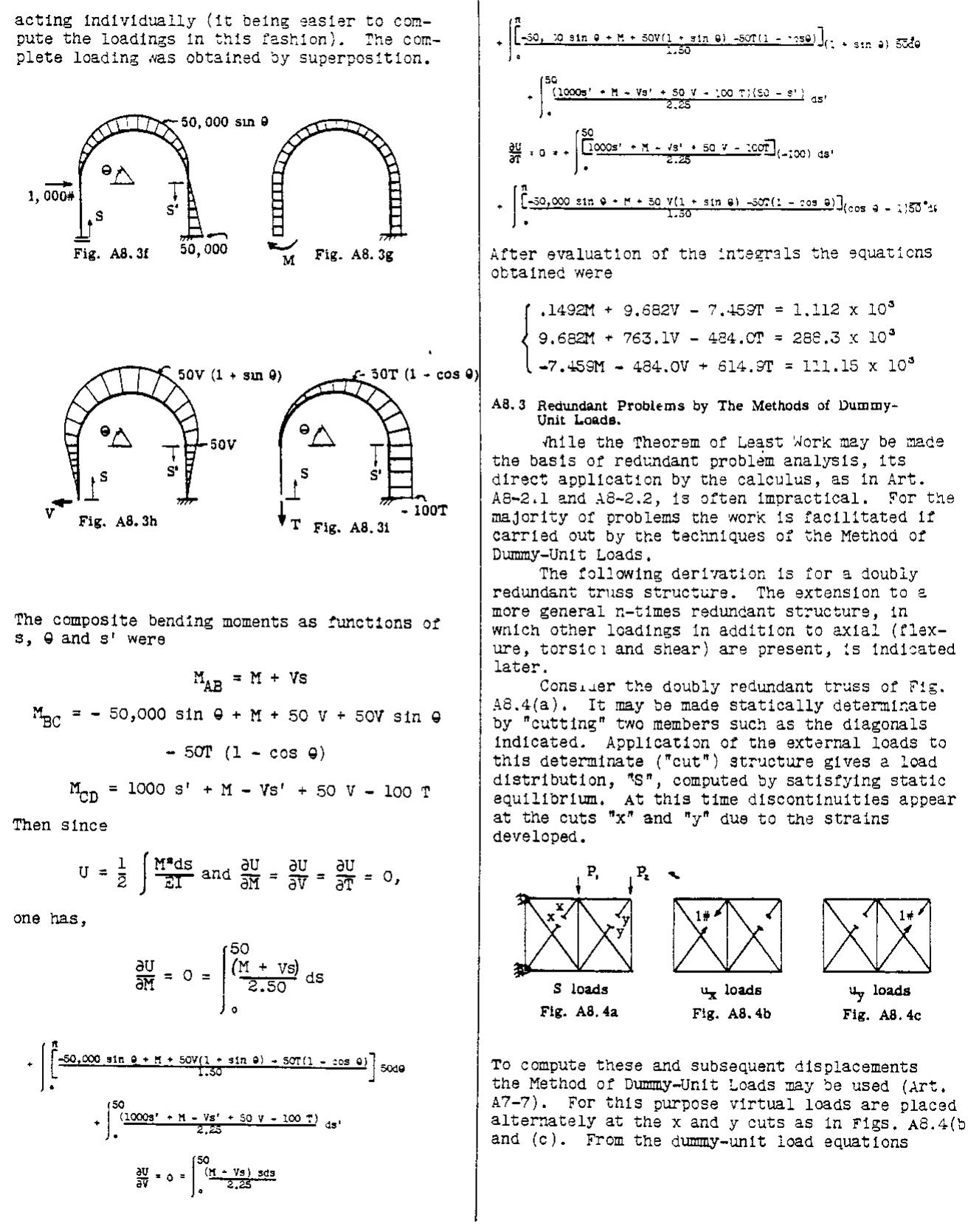


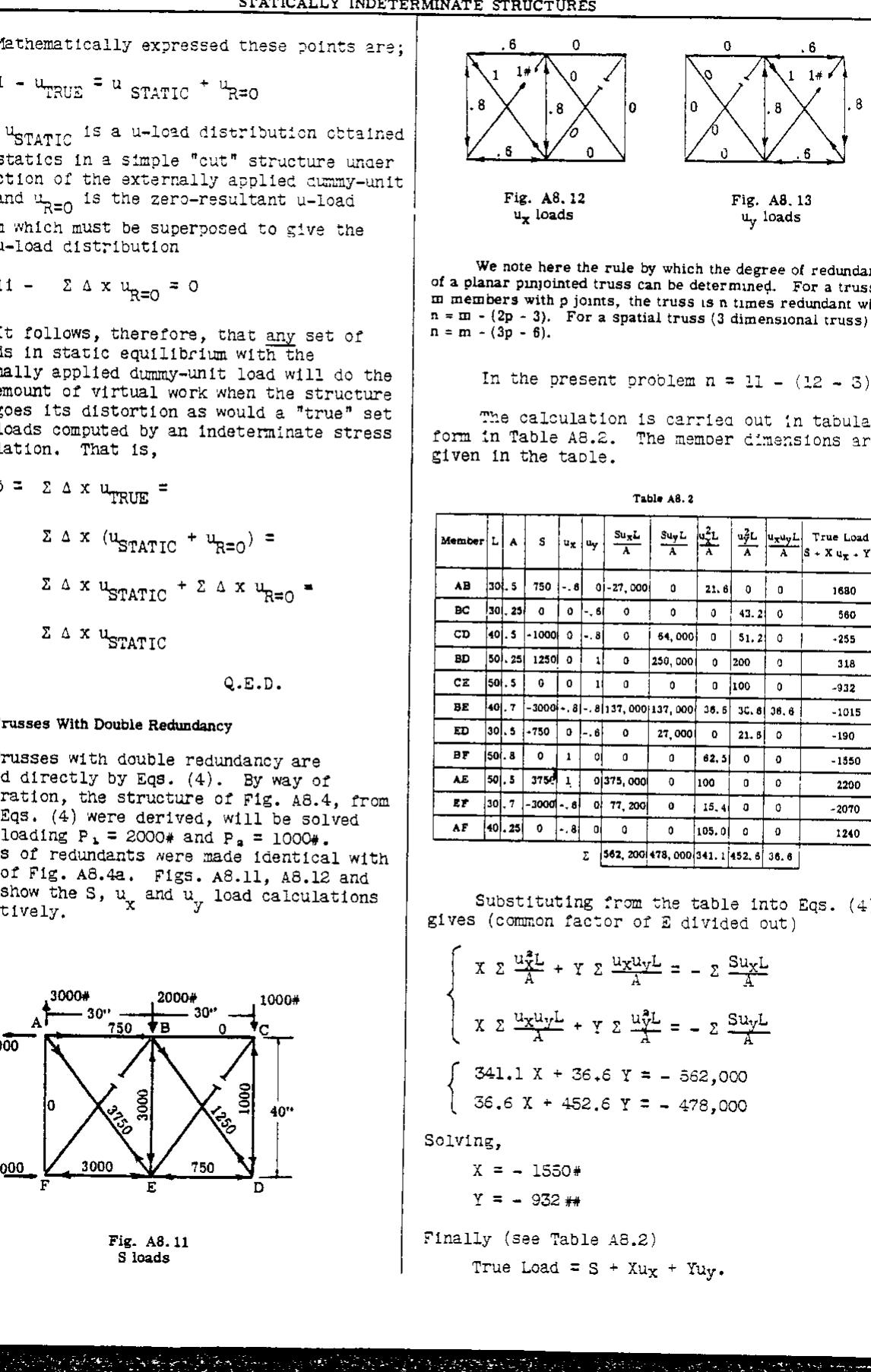









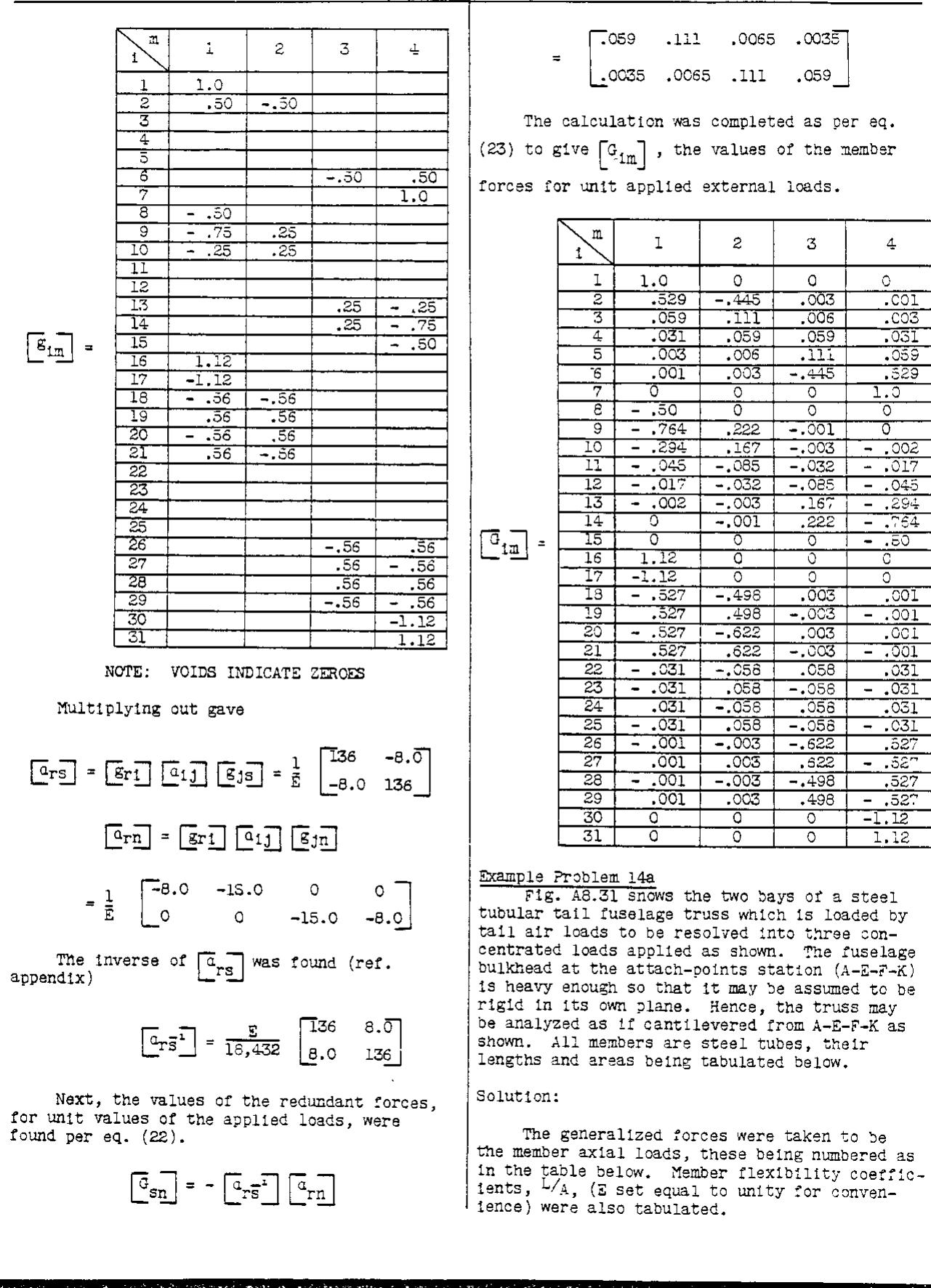



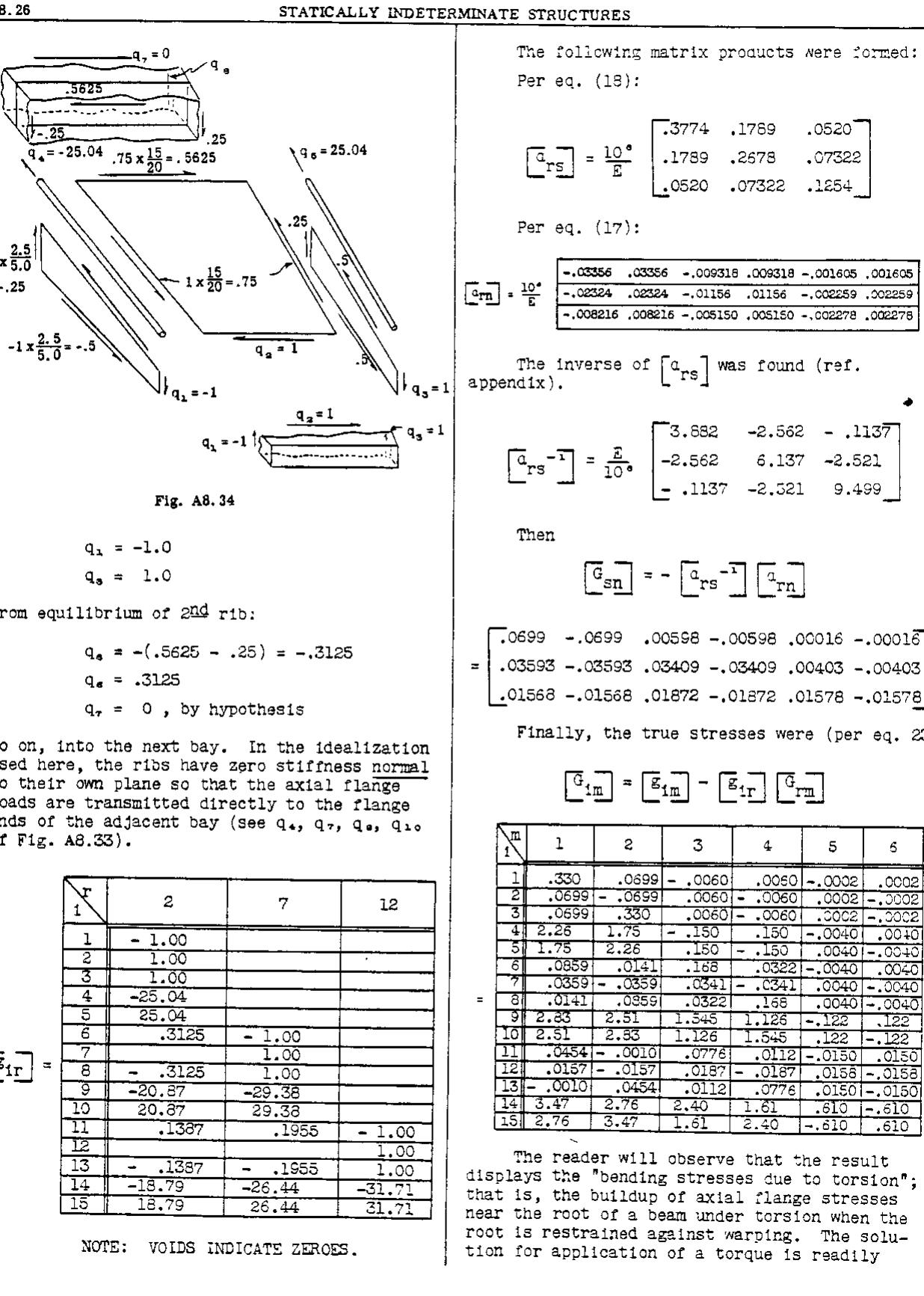






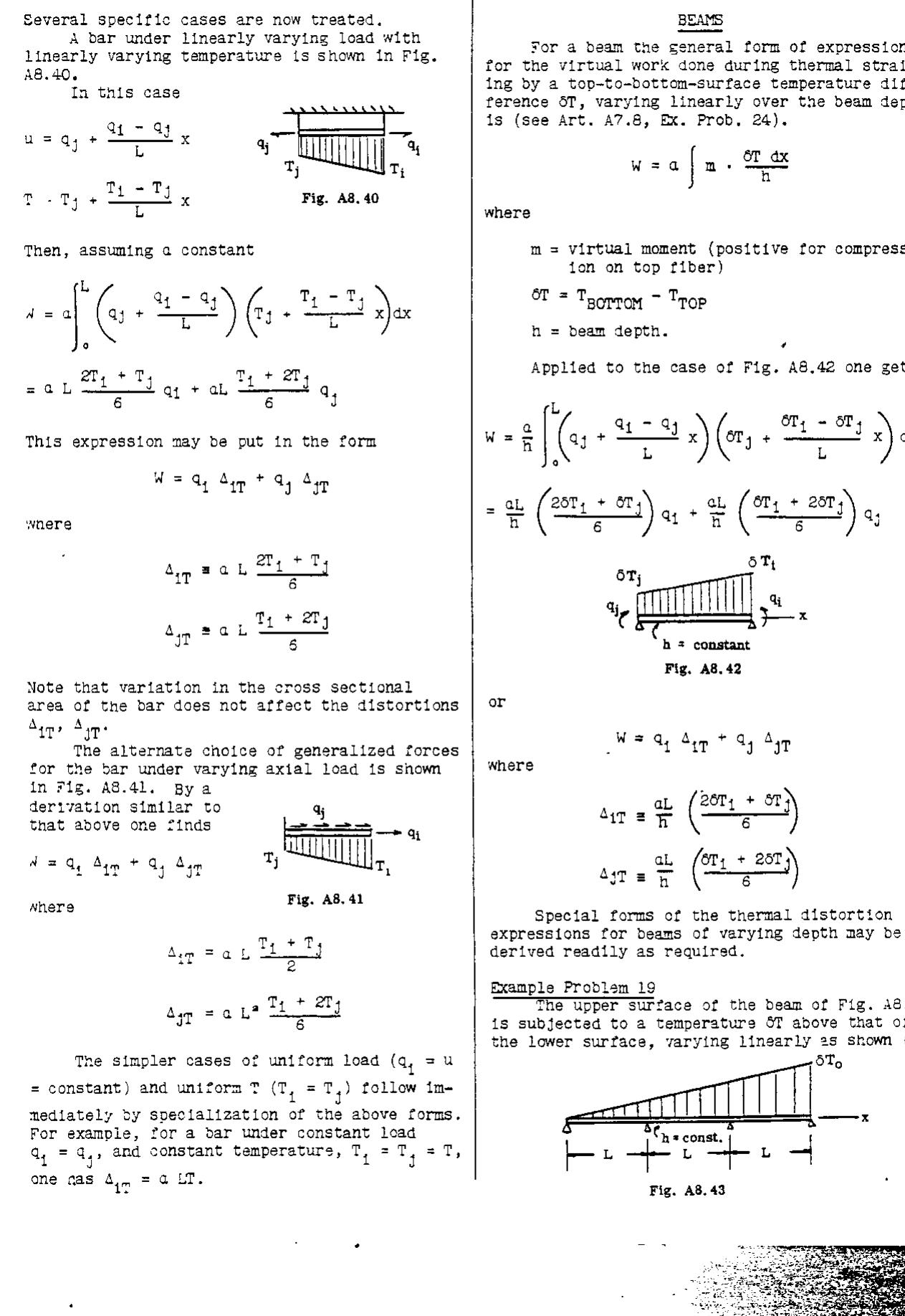





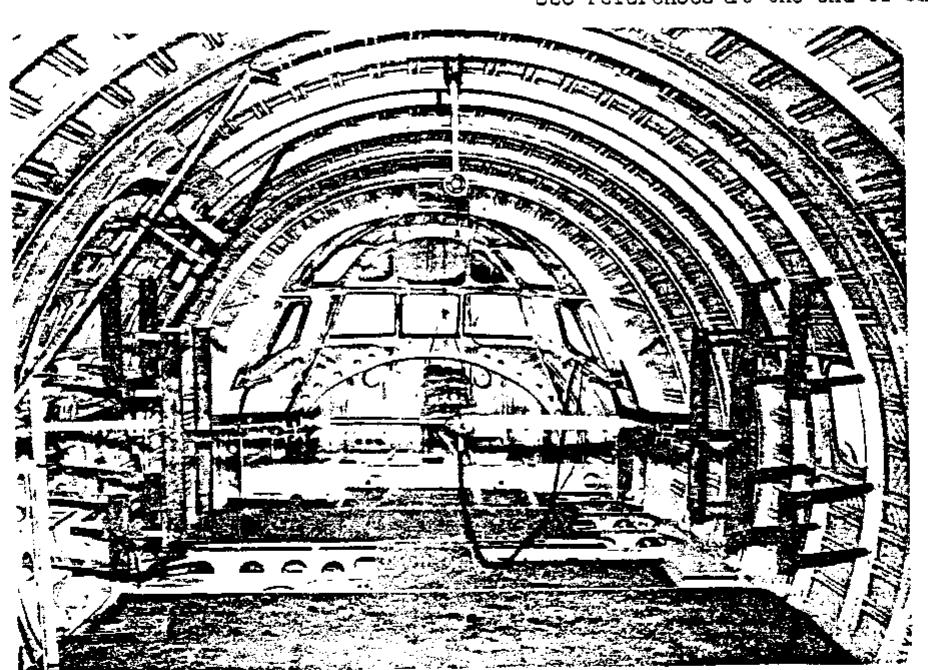





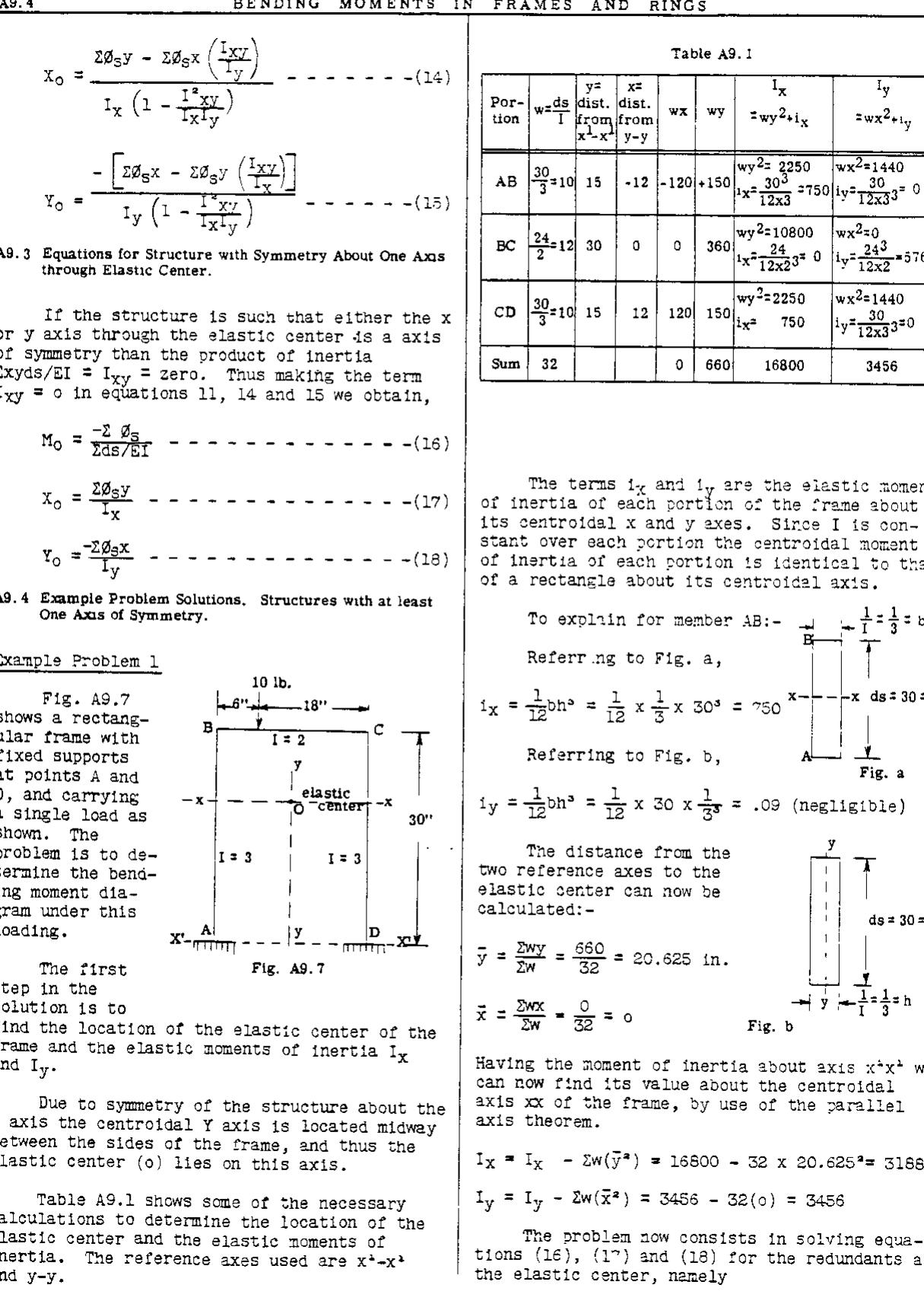










































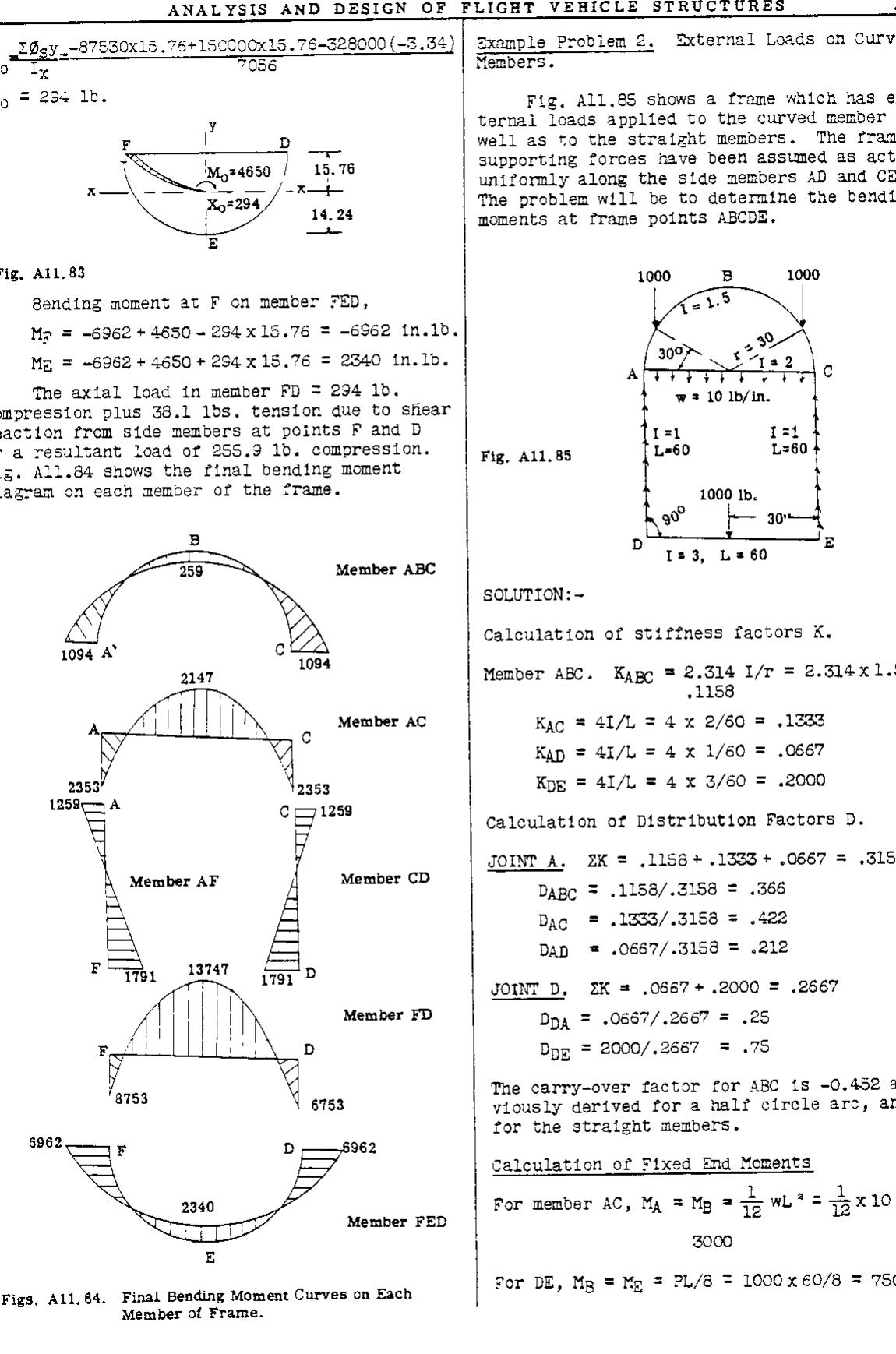















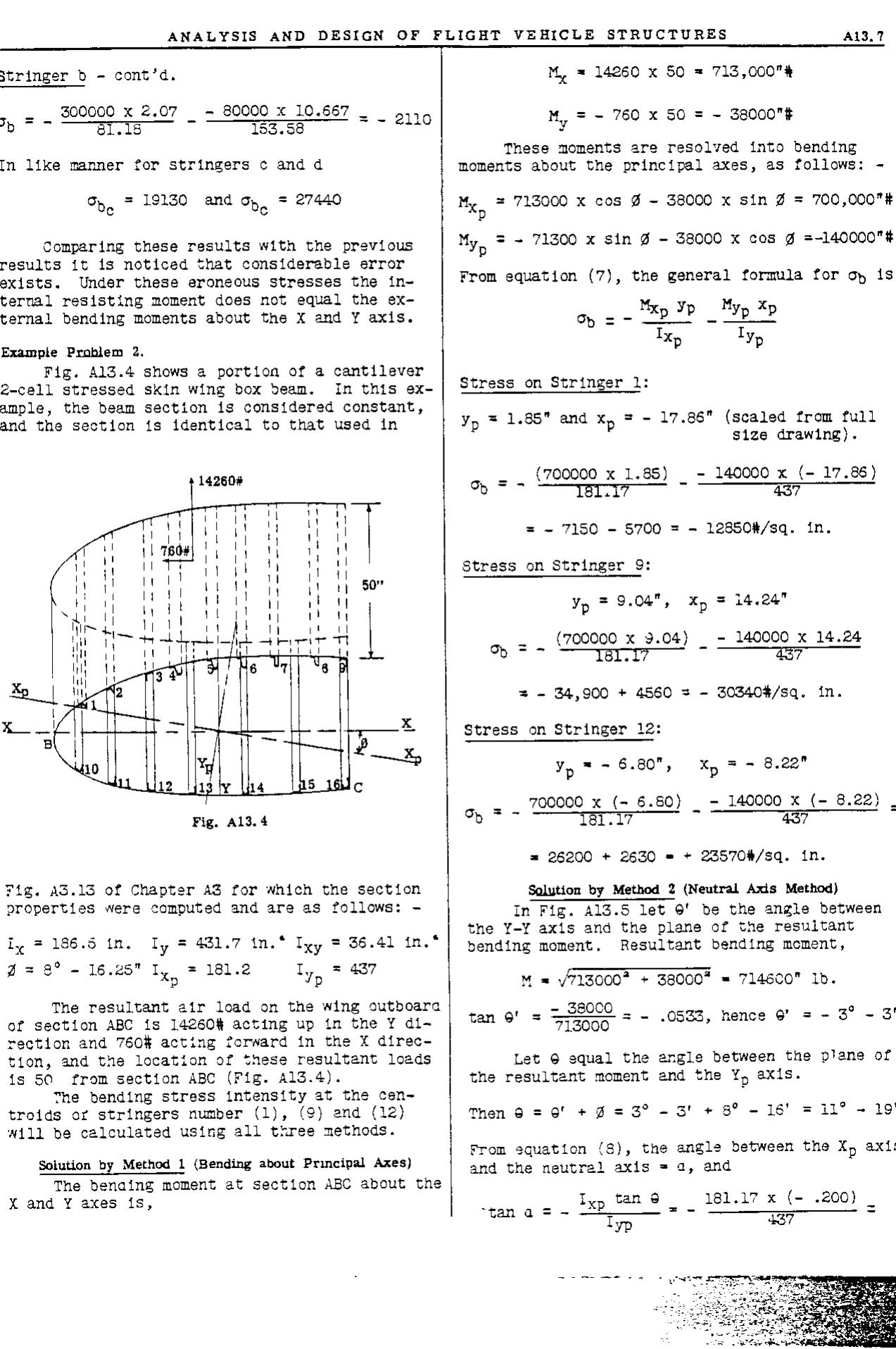






























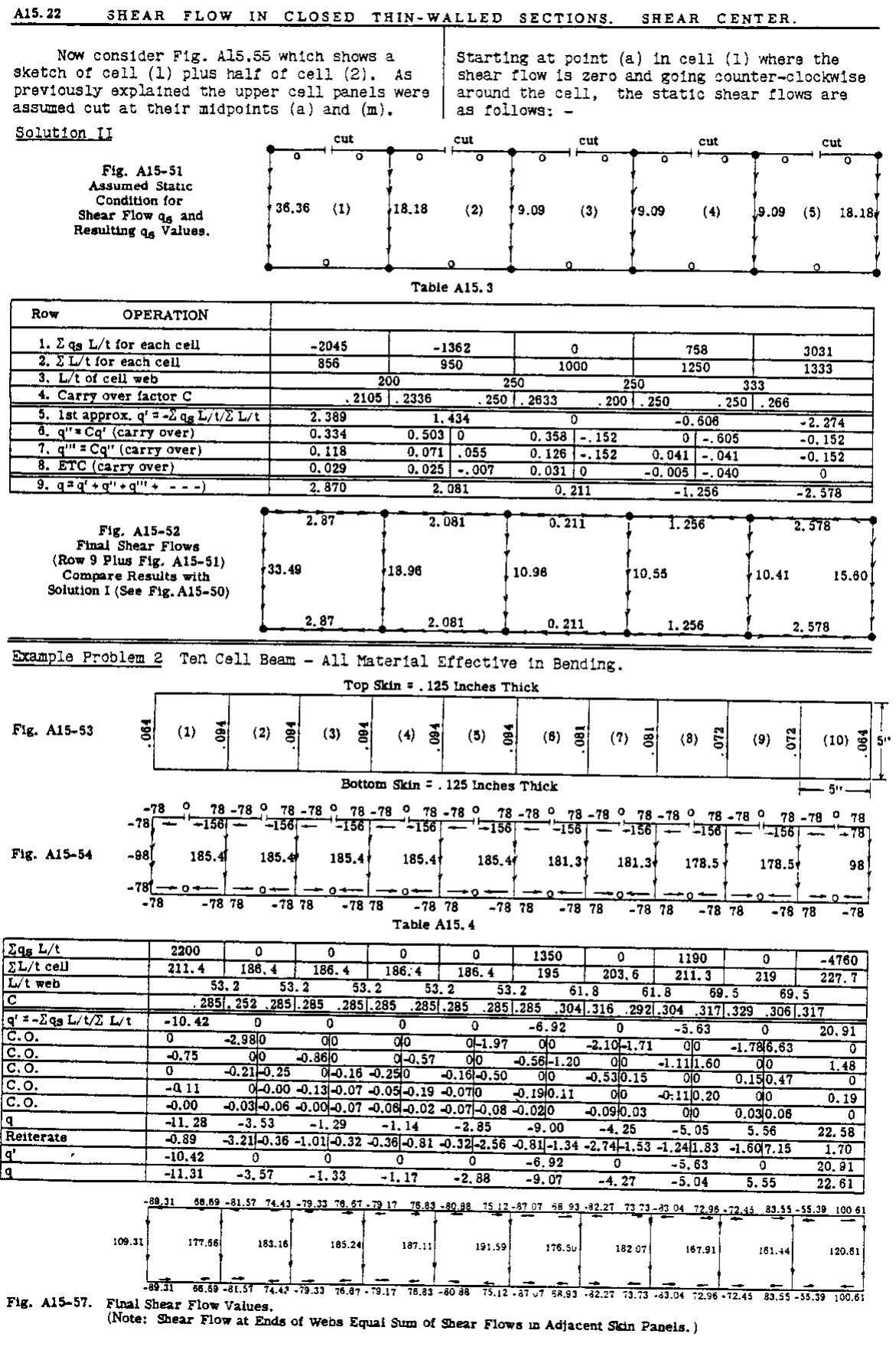








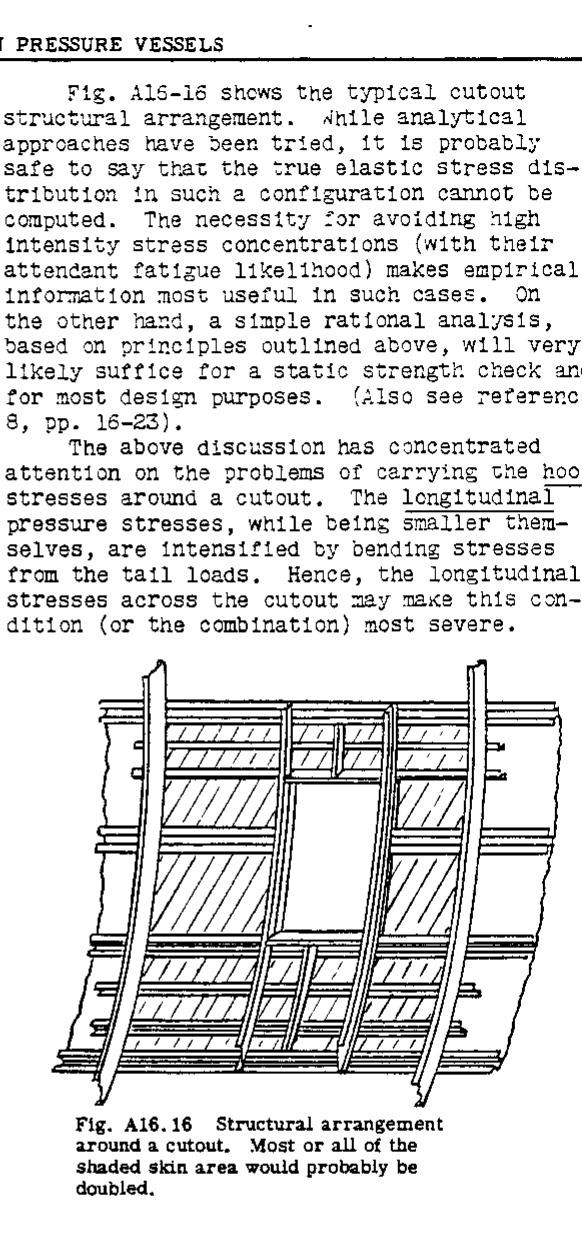























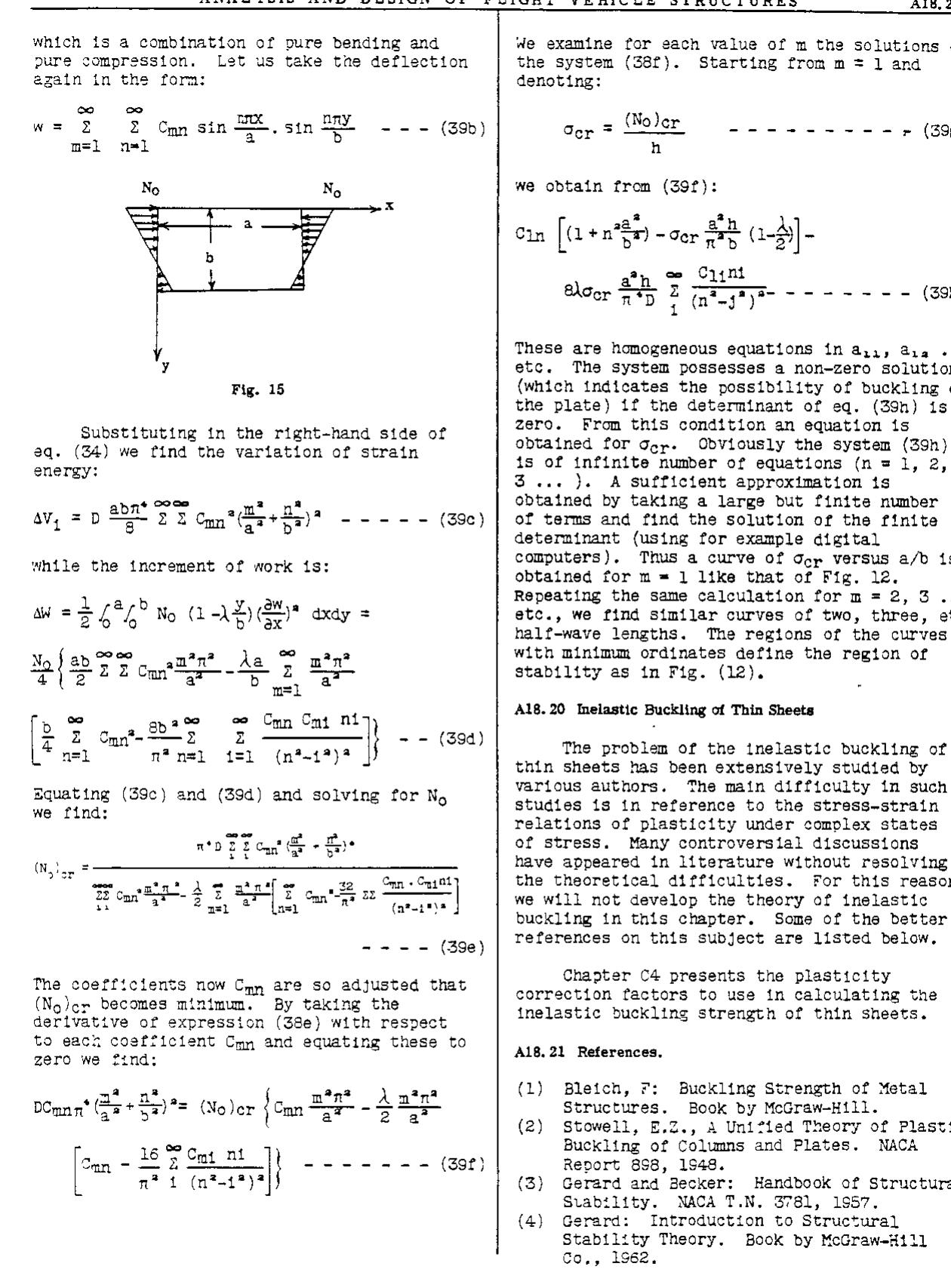

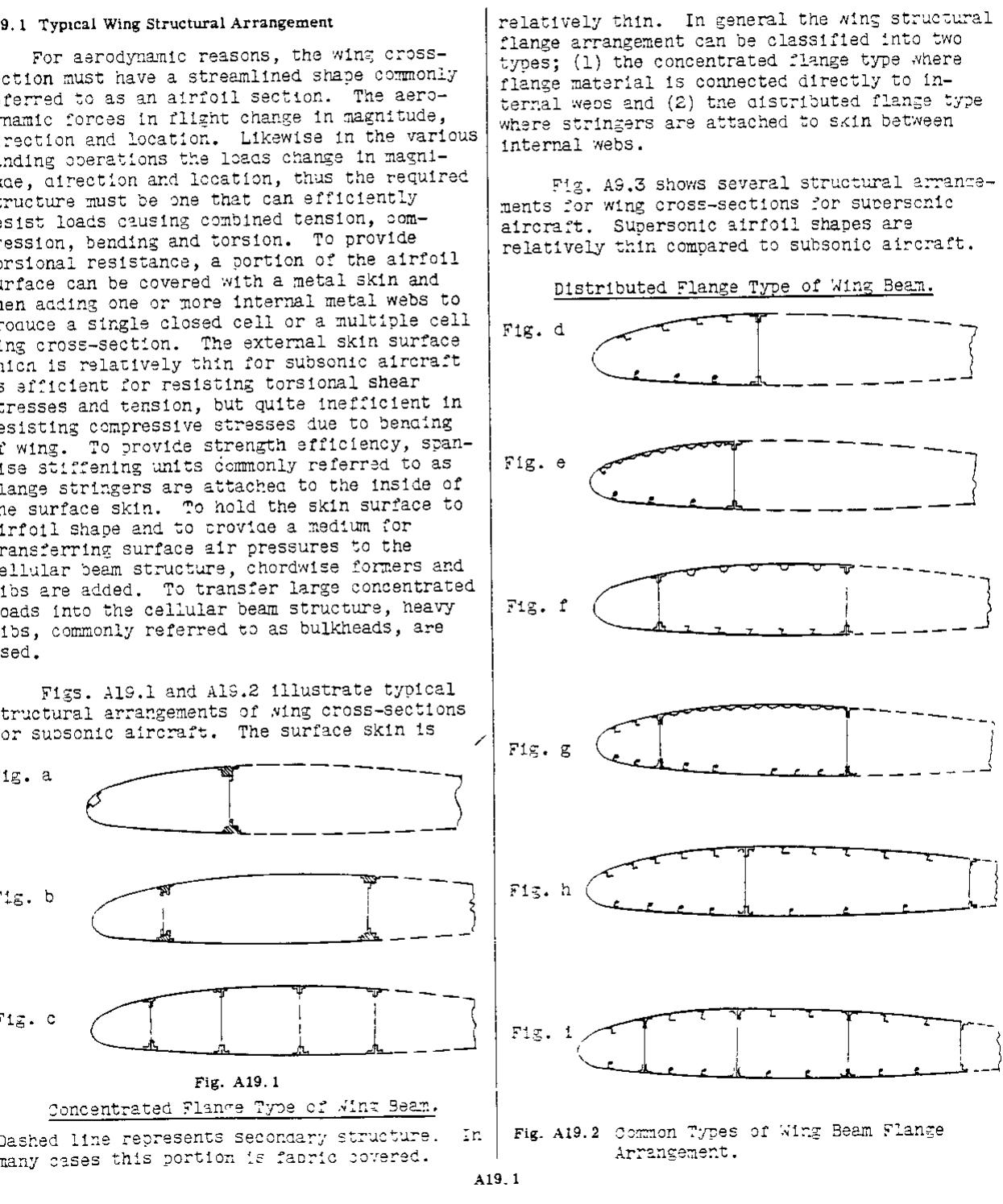











































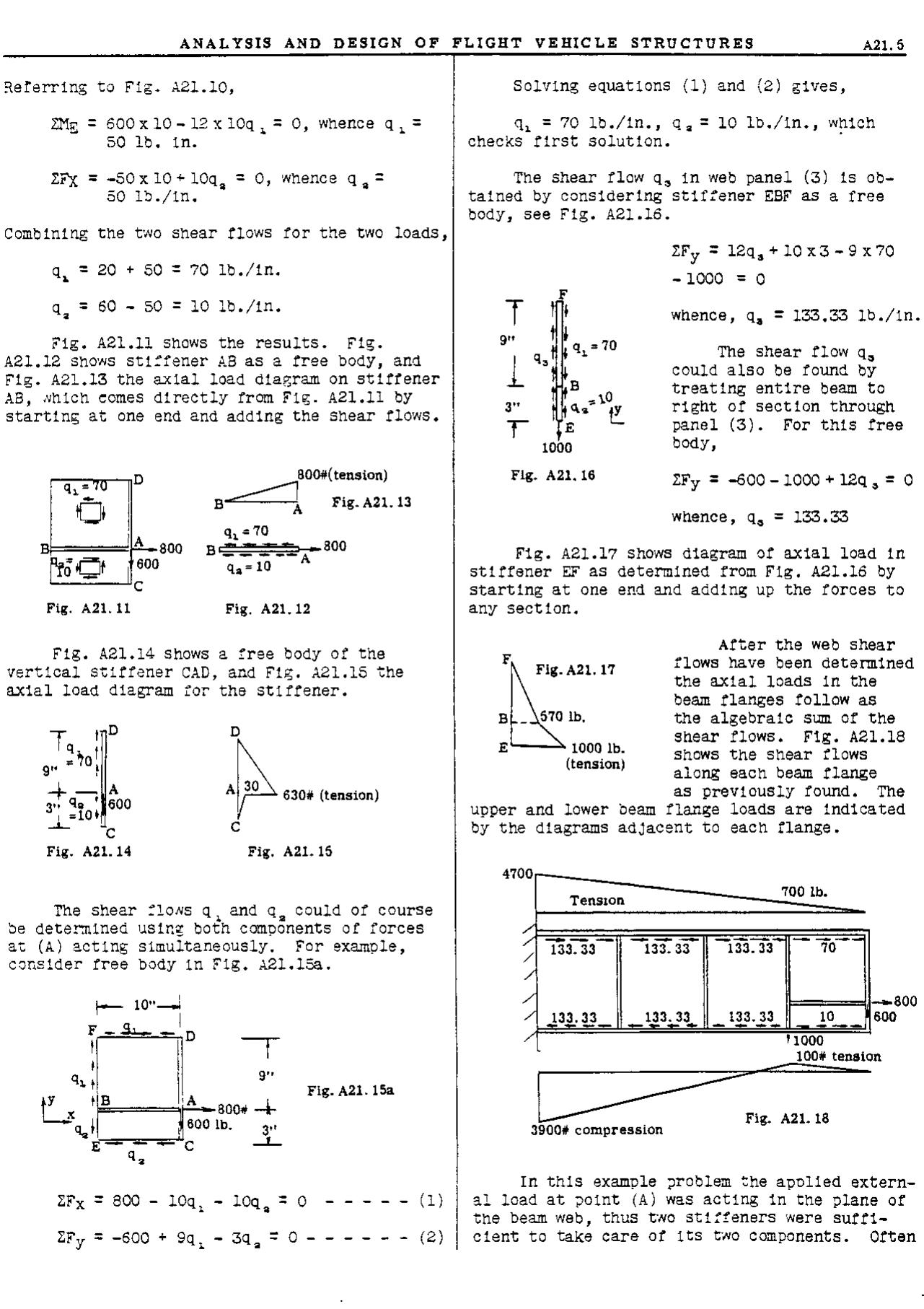








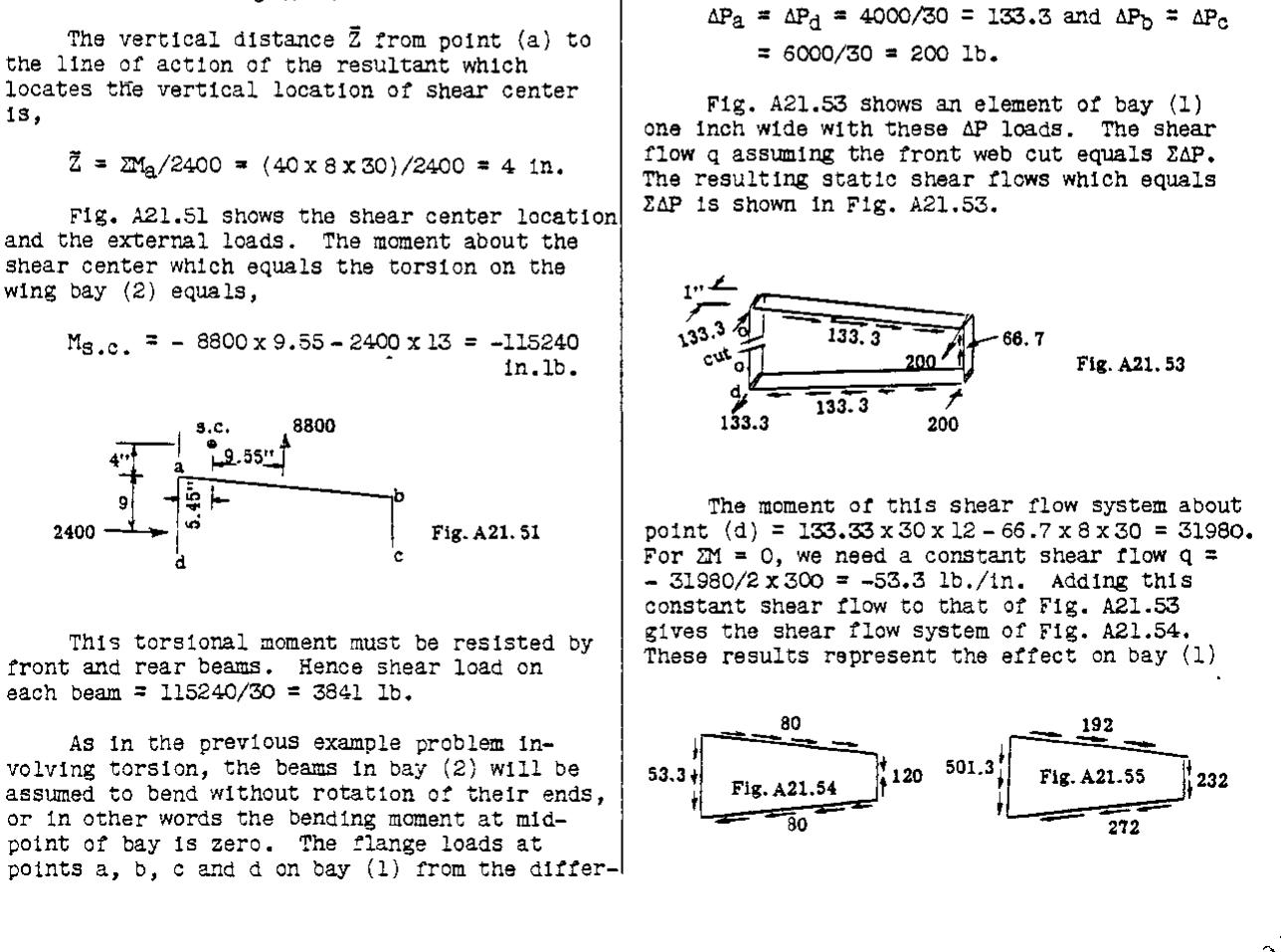





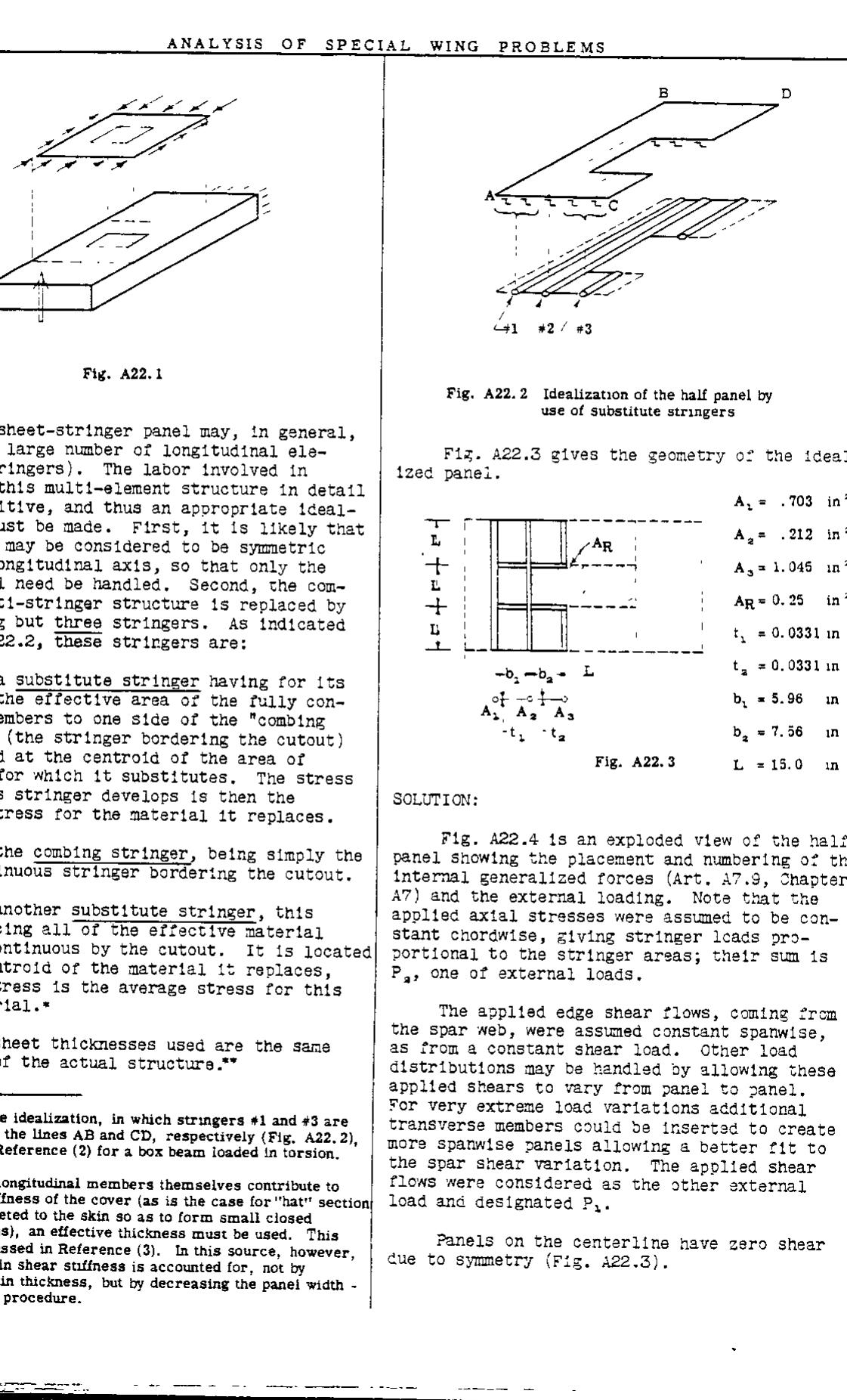


















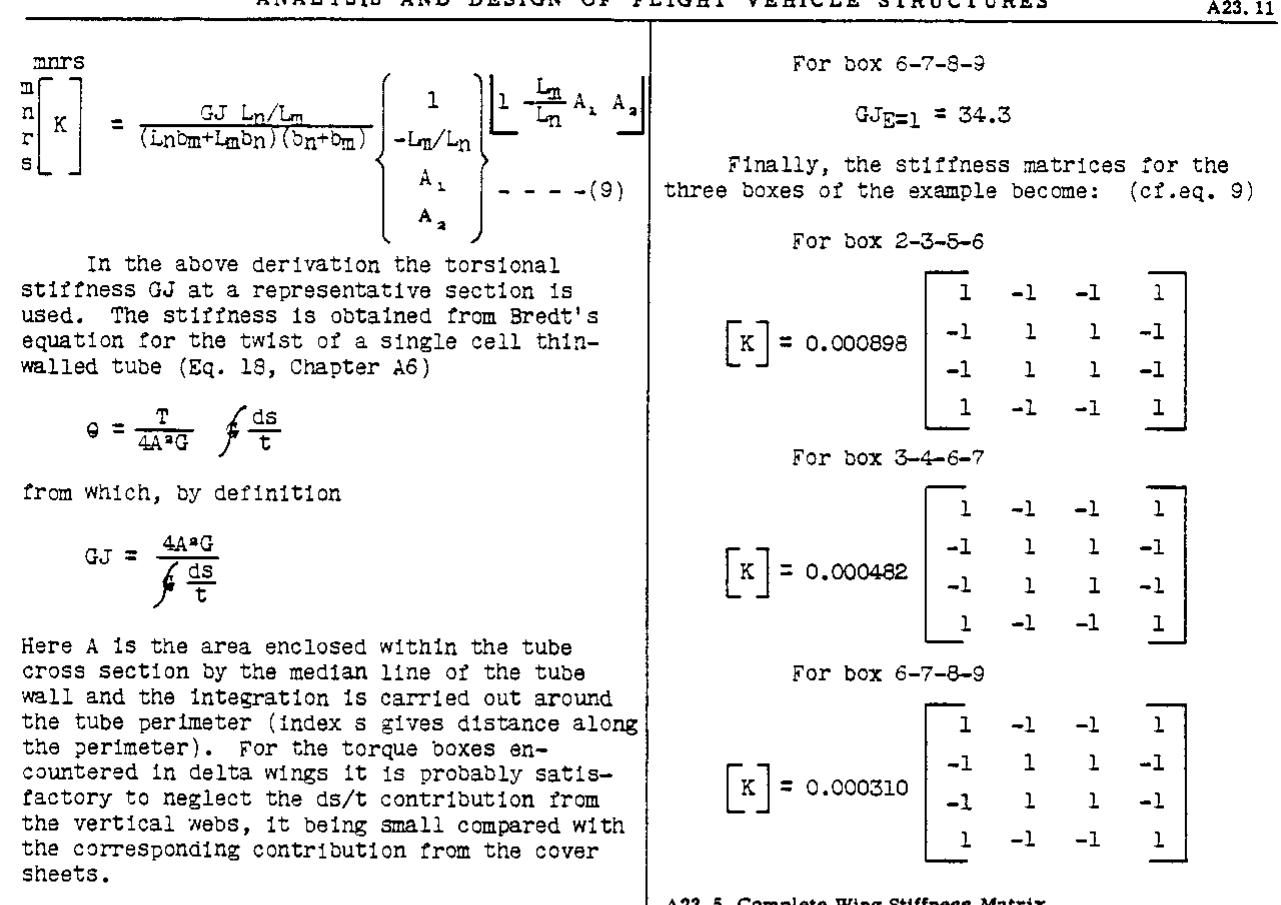


























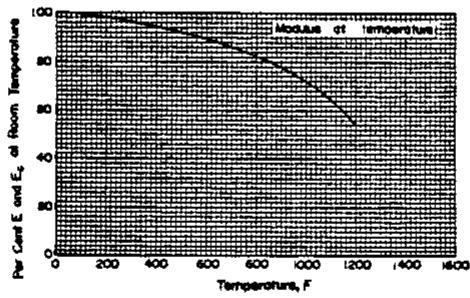



















































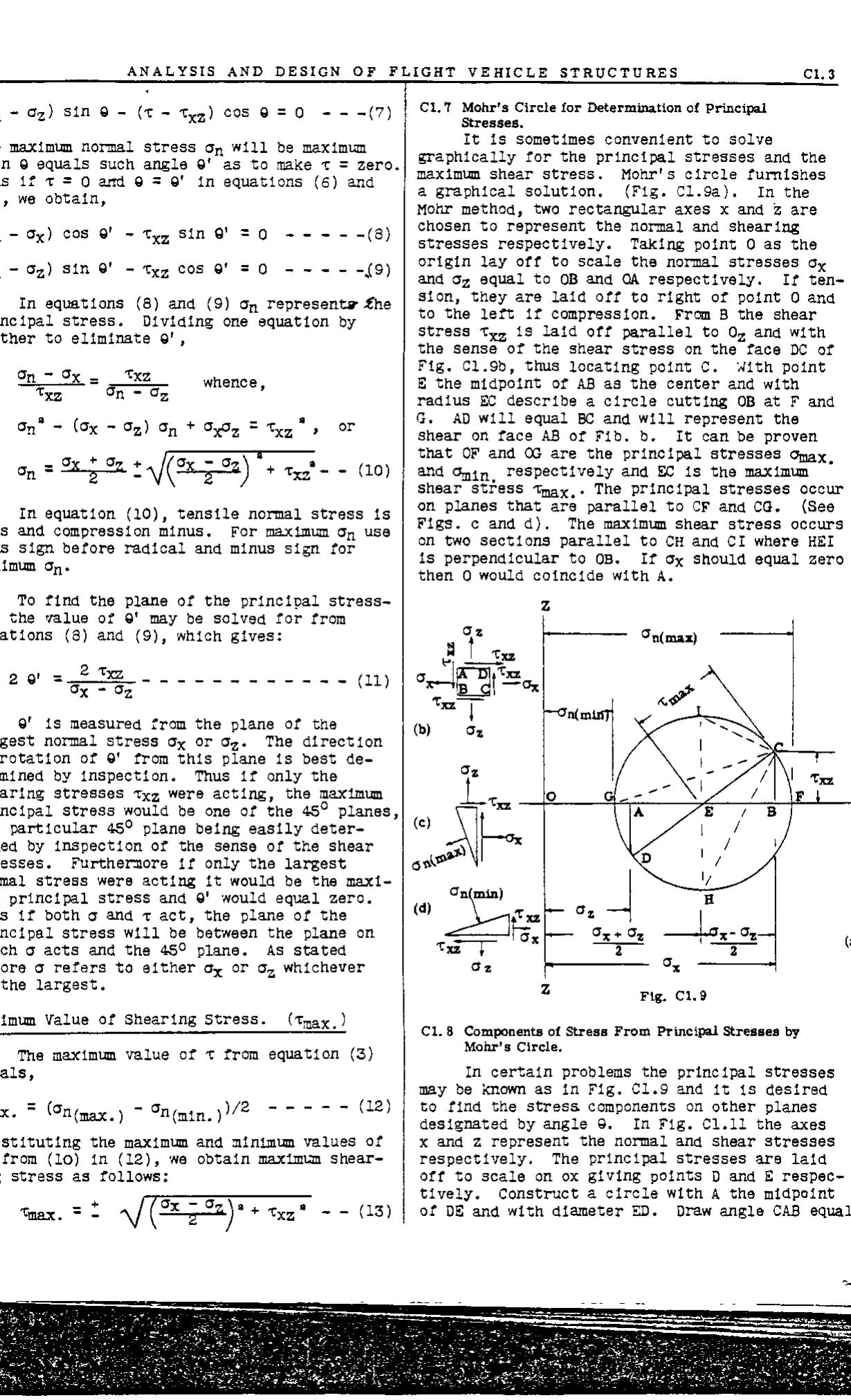



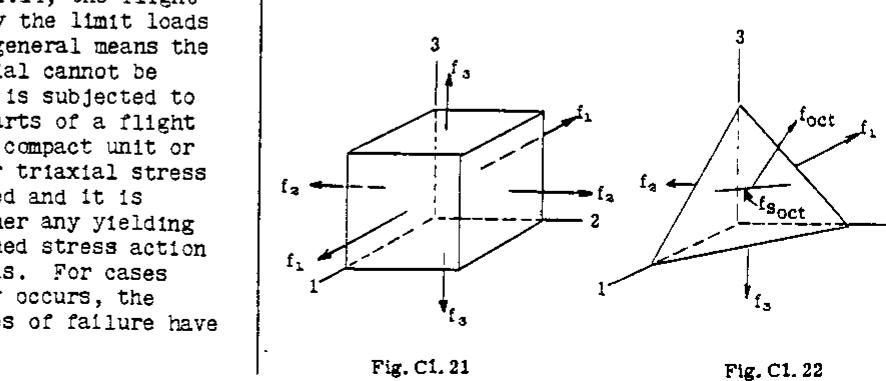





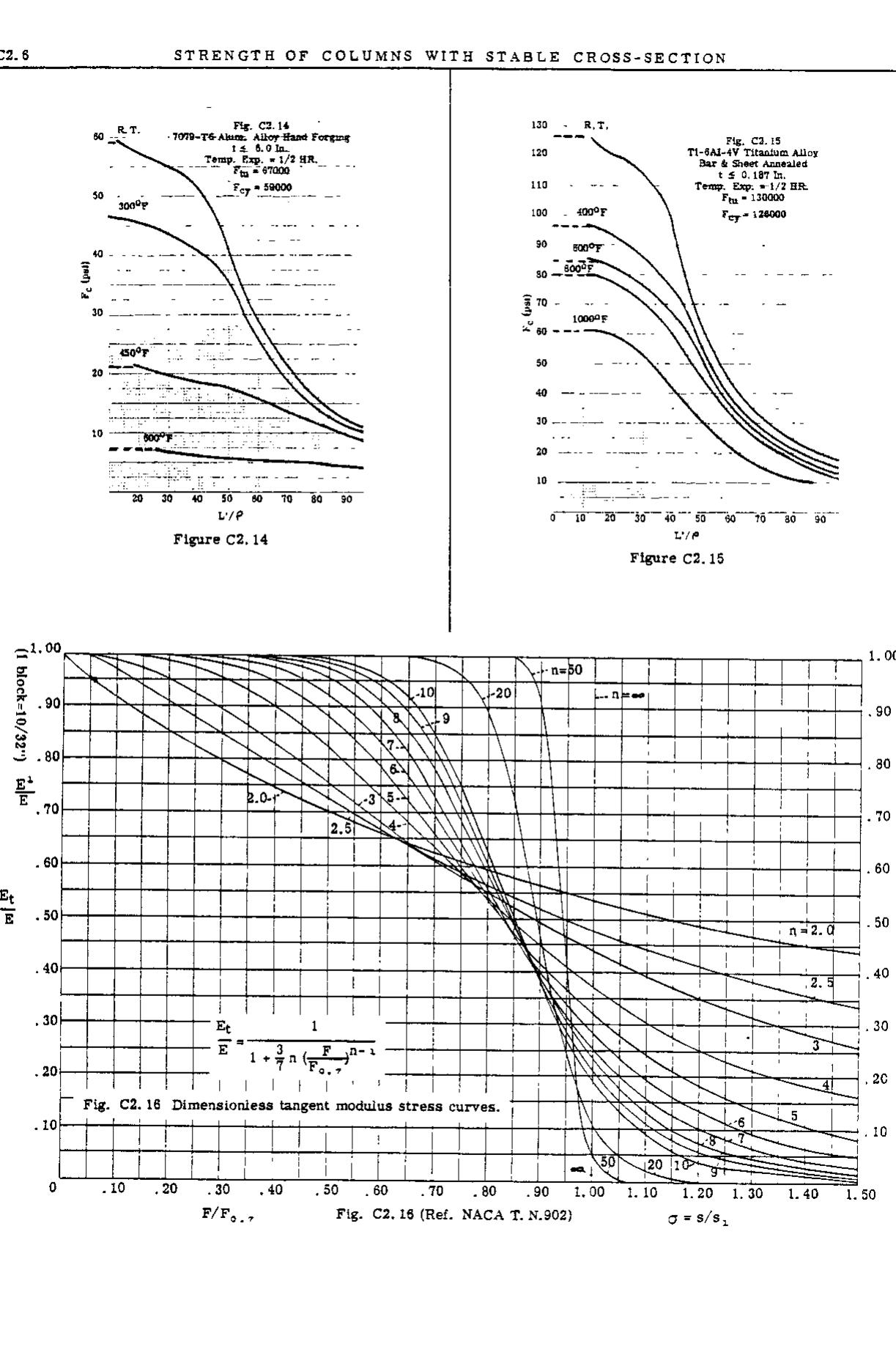








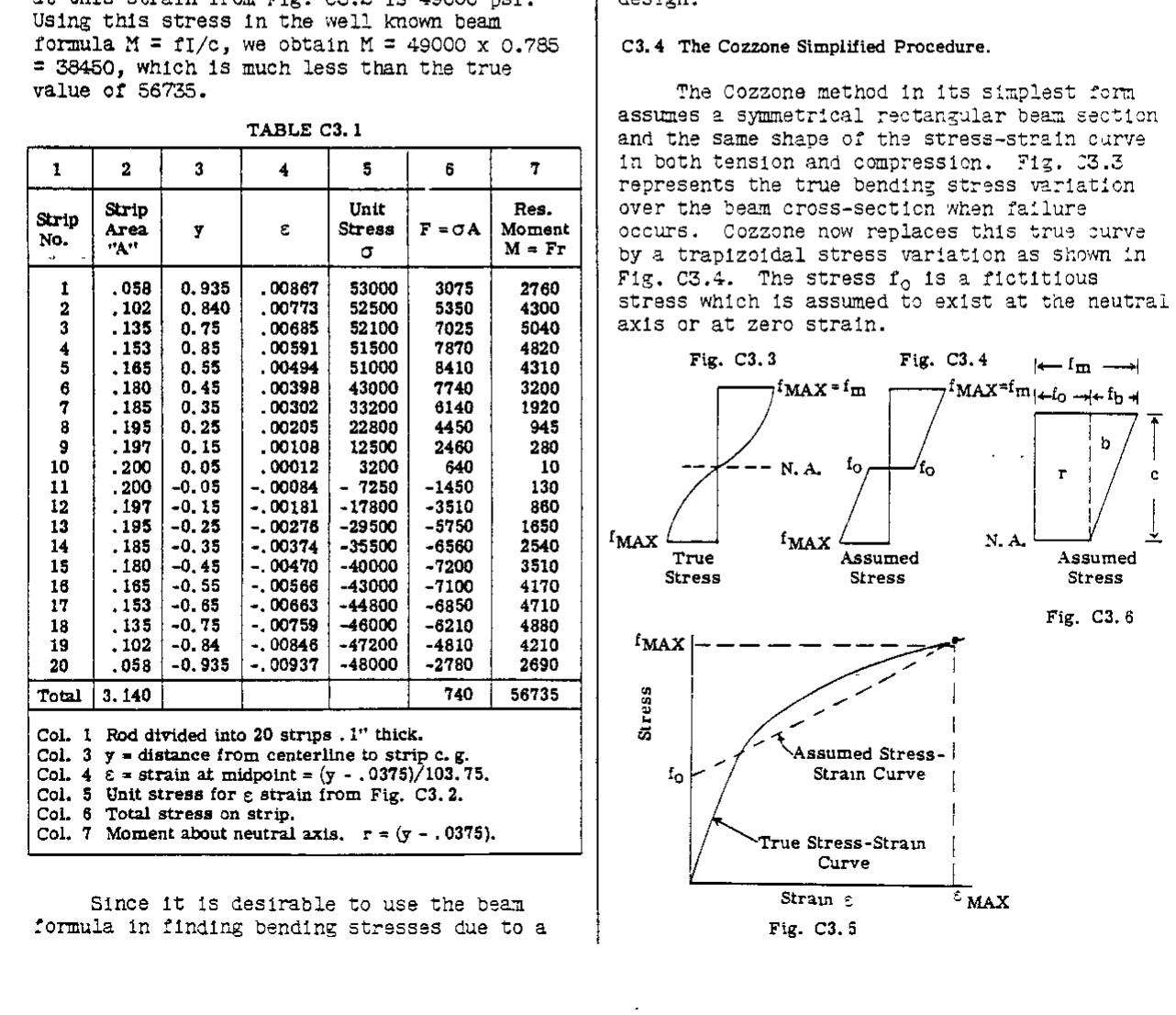





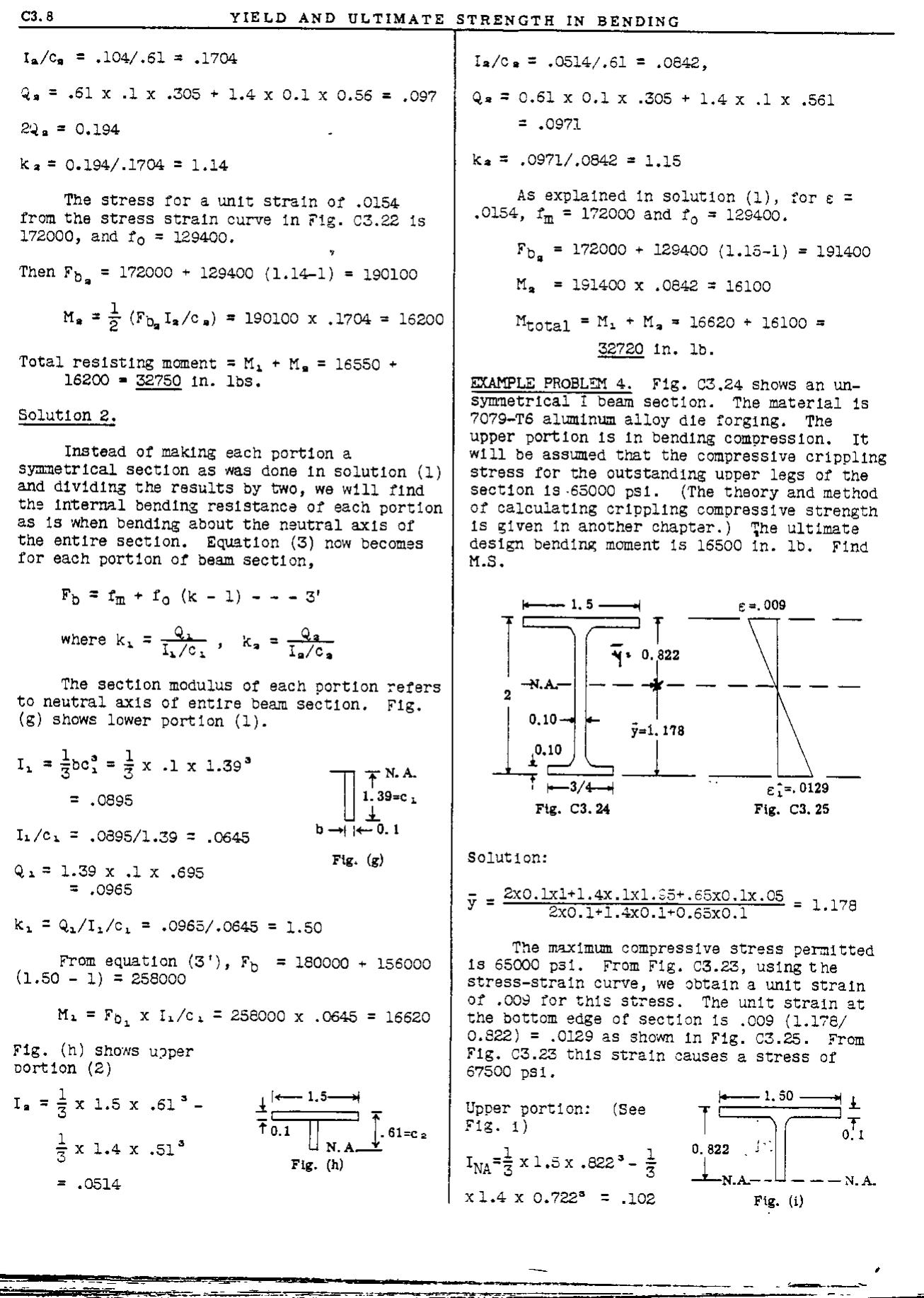























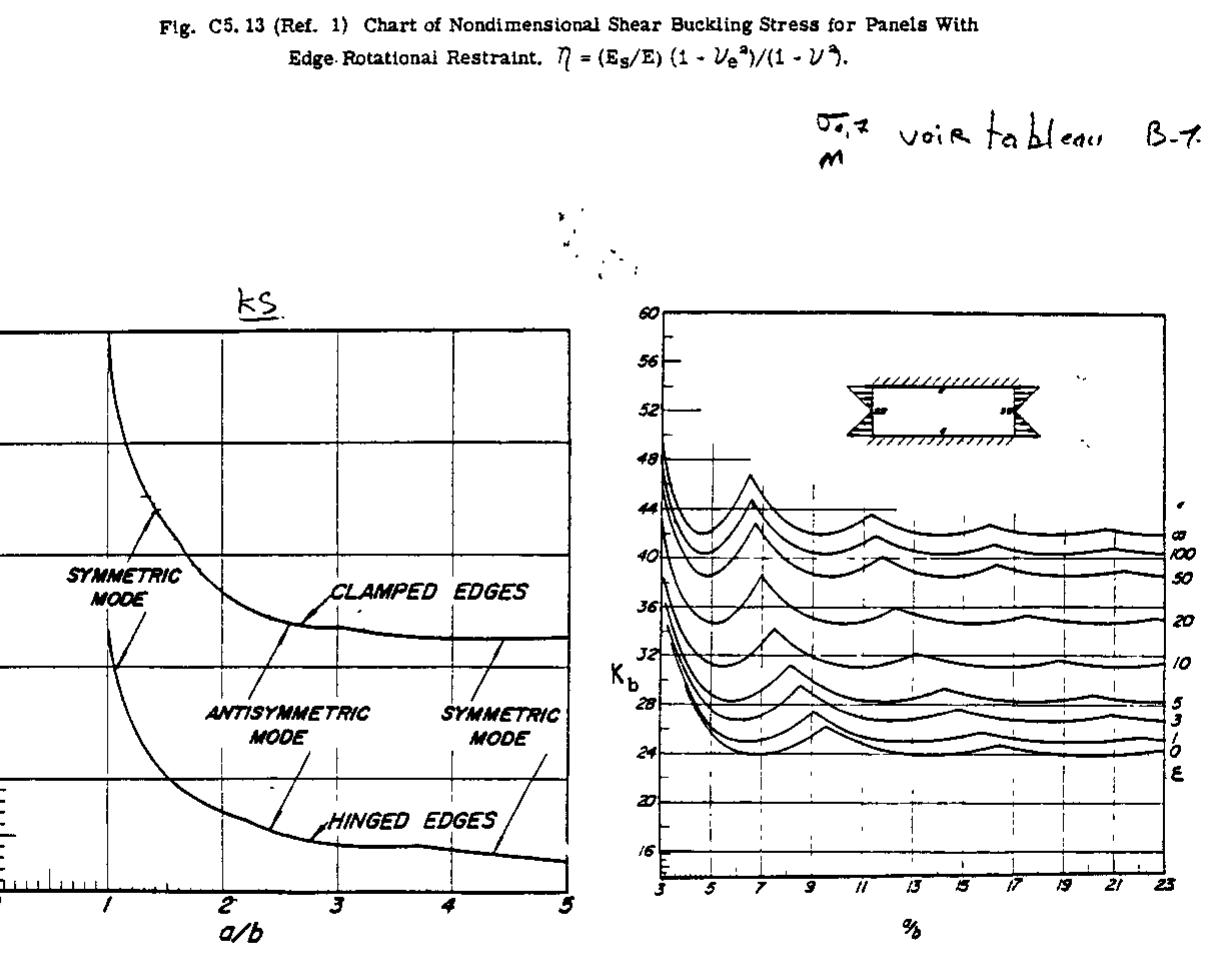
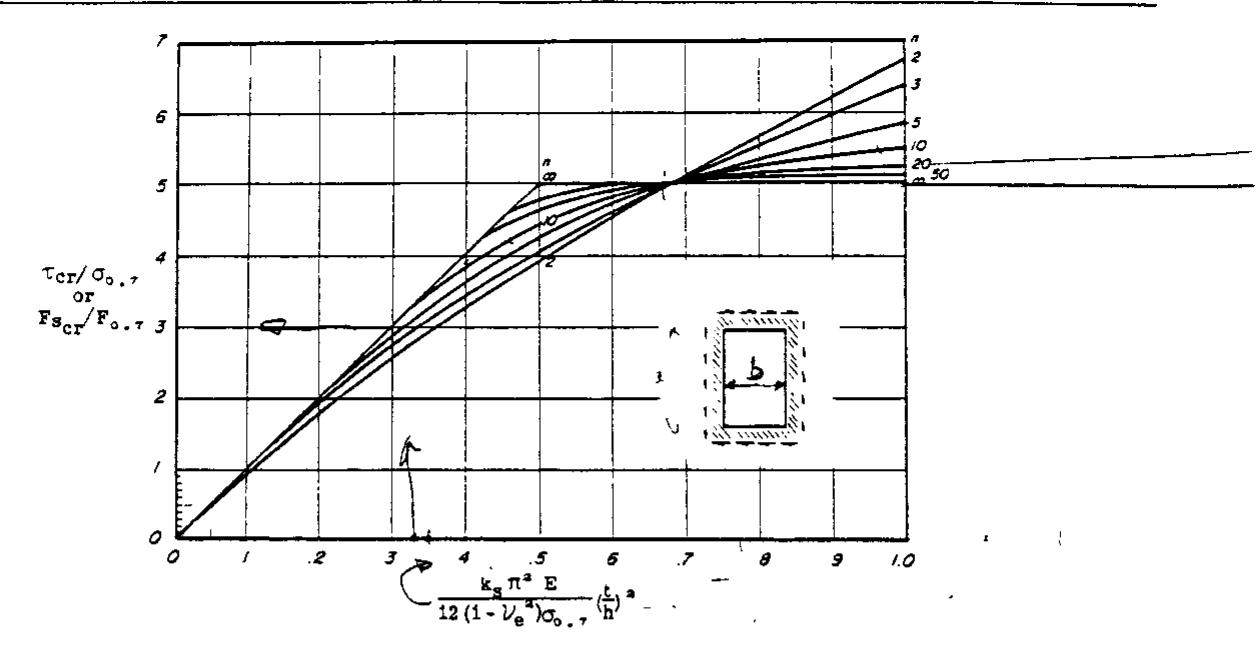

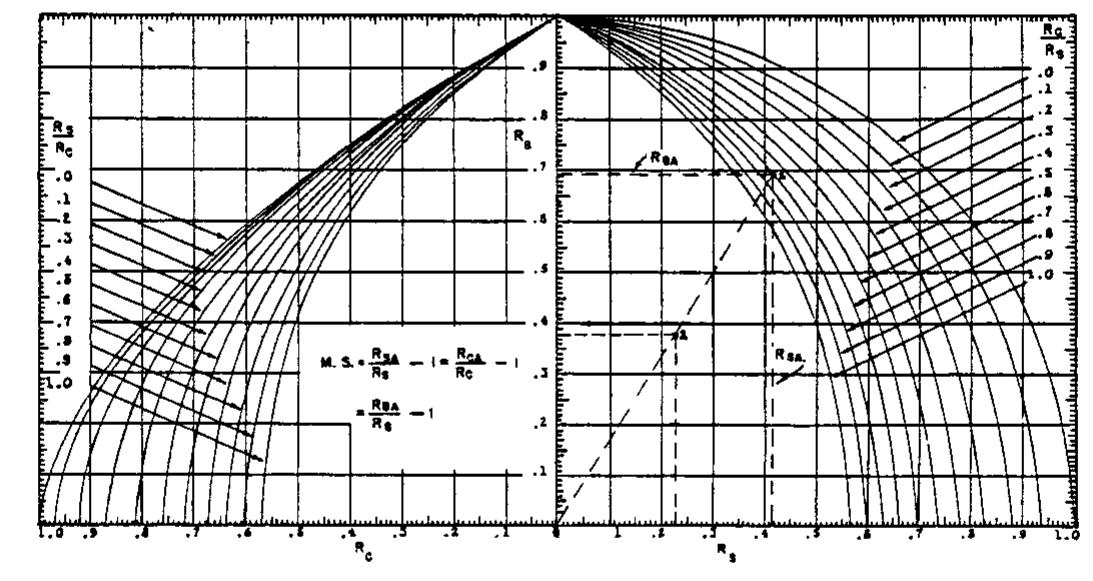










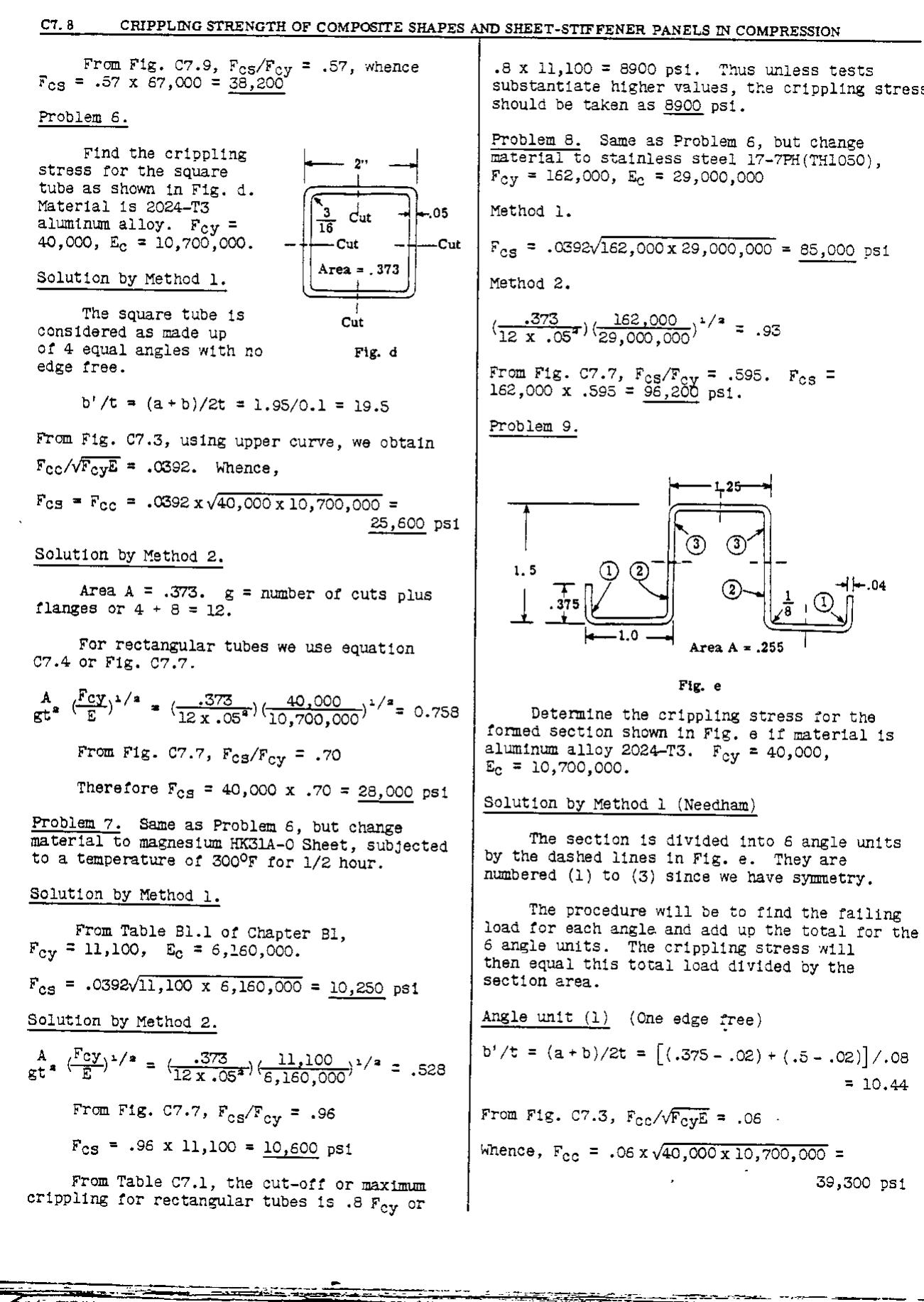












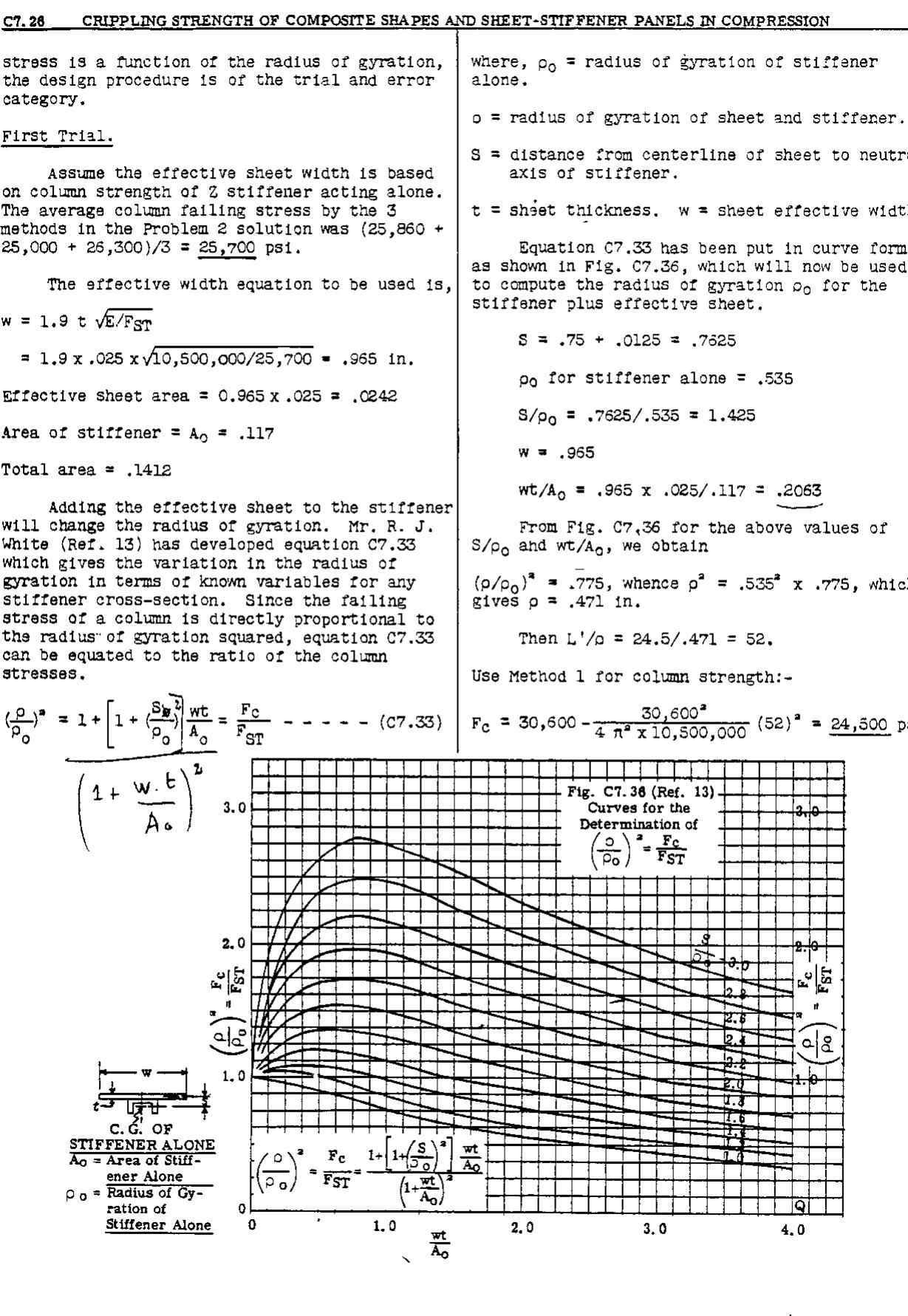





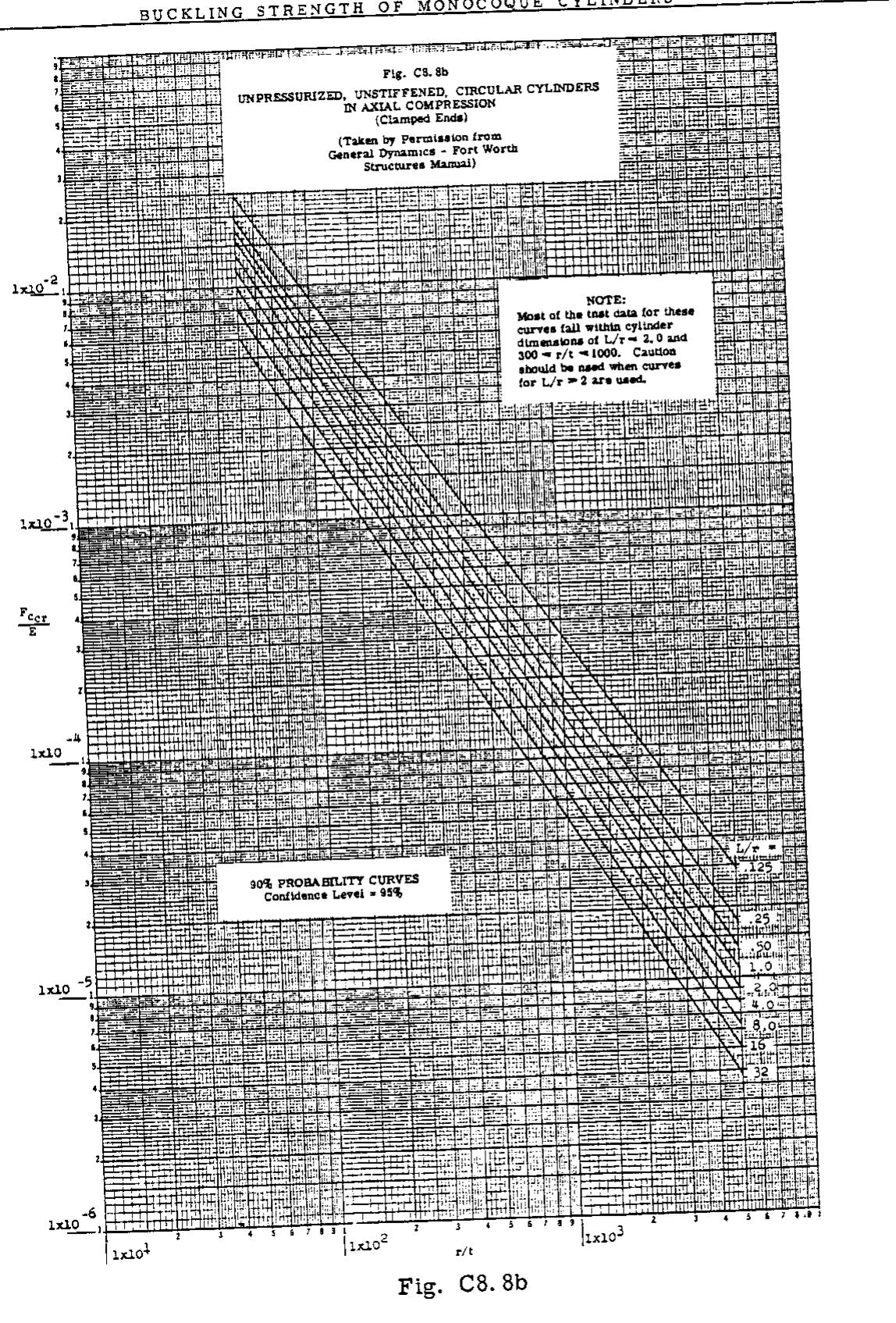








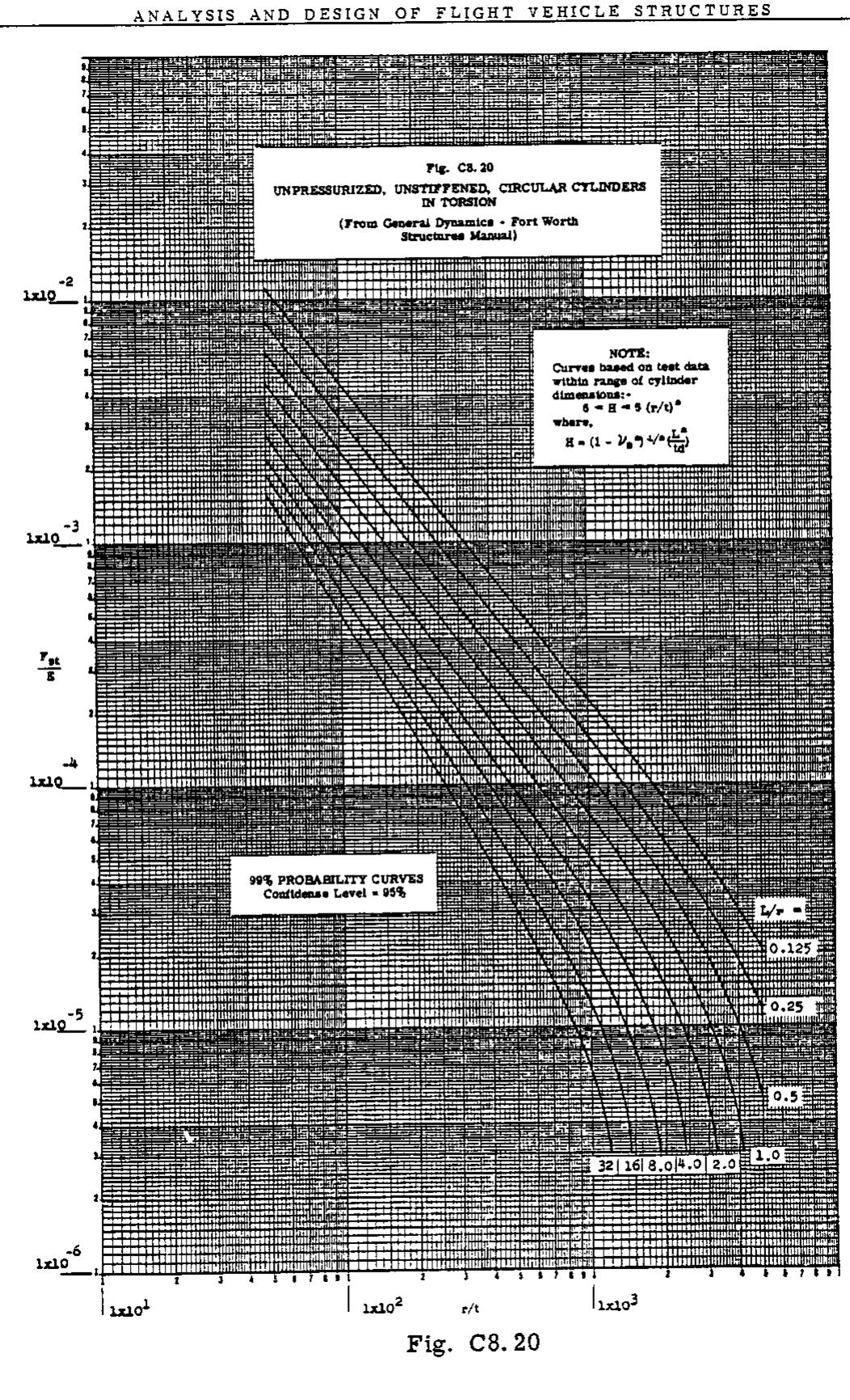
























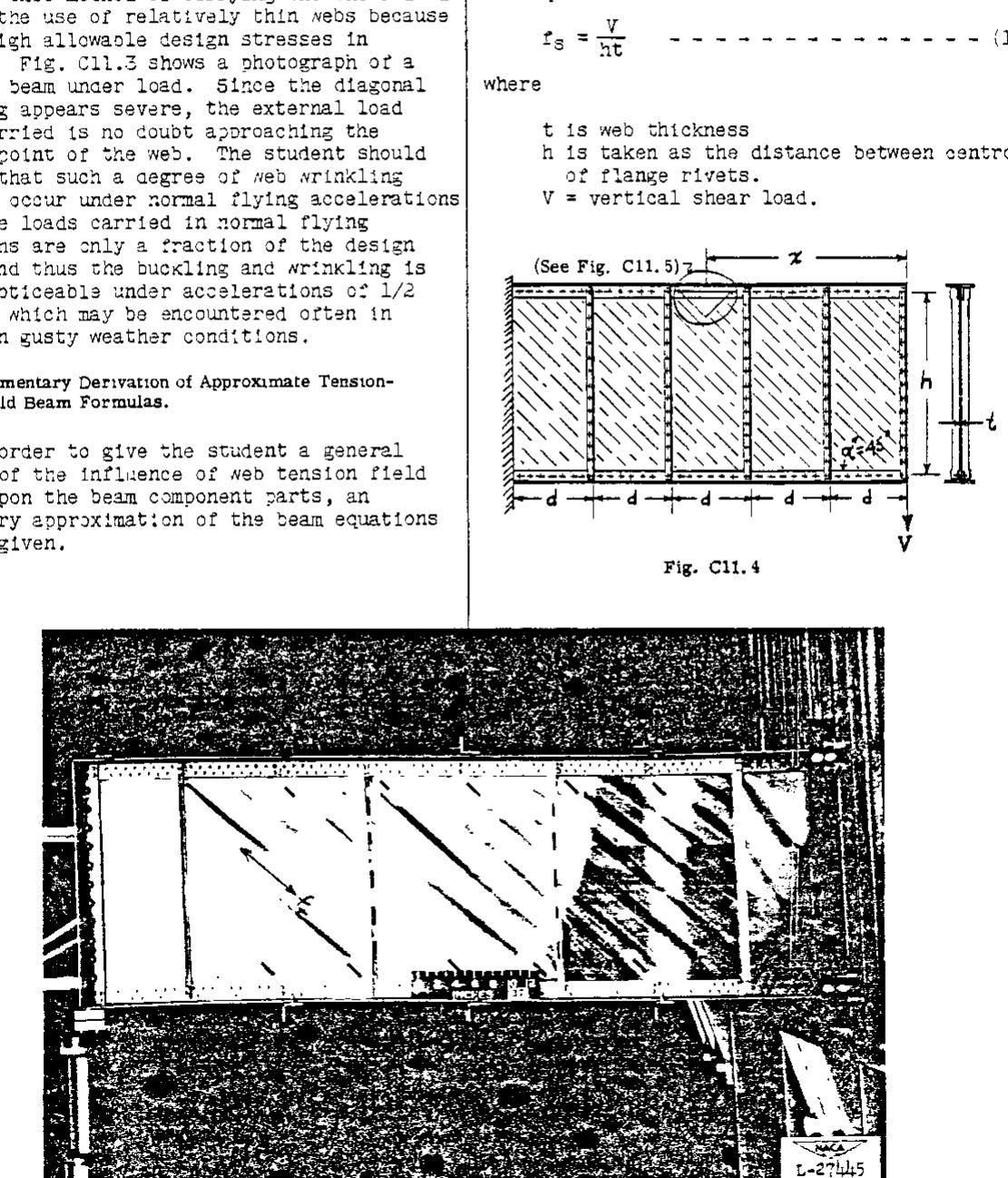



























































Related papers
Notices Knowledge and best practice in this field are constantly changing. As new research and experience broaden our understanding, changes in research methods, professional practices, or medical treatment may become necessary. Practitioners and researchers must always rely on their own experience and knowledge in evaluating and using any information, methods, compounds, or experiments described herein. In using such information or methods, they should be mindful of their own safety and the safety of others, including parties for whom they have a professional responsibility.
This report summarizes the design process, fabrication and testing conducted by team Dreamer’s fin of Military Institute of Science and Technology for the 2012-2013 AIAA/Cessna/RMS Student Design/Build/Fly Competition. The entire process was totally challenging for the team. To the fact, no members of the team had any previous experience of designing and building an aircraft. This year’s competition simulates a joint strike fighter accomplishing three different missions. The first mission is short take-off, in which the objective is to fly maximum number of laps within 4 minutes. Second is the stealth mission, where the aircraft has to fly 3 laps with maximum possible internal payload.The last one is the strike mission, where the aircraft takes random payloads and complete three laps as fast as possible. At all missions the aircraft must take-off within 30 ft. and land safely. A careful analysis of scoring schedule revealed lowest rated aircraft cost (RAC) as the primary design objective. The team was determined to build an aircraft with minimum RAC that can fly fast, fly with maximum payload and take-off within the marked area of 30 x 30 feet square at all missions. Therefore, the final conceptual configuration was selected through figure of merit (FOM) analysis. And the design process was done iteratively to generate an optimized design solution which can maximize the score. The final design was a high wing monoplane with conventional tail, single tractor propulsion system and a tail dragger landing gear. The design iterations ended with a low wing loading and high lift coefficient with a moderate thrust to weight ratio. This combination leads to the short take-off capability of the aircraft. A careful wing and fuselage design allowed sufficient payload capability. Overall geometry was designed to generate less drag to make the aircraft fly as a fast as possible. Thus, a nearly perfect design to meet all the mission requirements was obtained.
Conceptual Design, Technology & Optimization of Subsonic Civil Airplanes
1997
: This publication contains the fifty-two technical papers presented at the FAA-NASA Symposium on the Continued Airworthiness of Aircraft Structures. The symposium, hosted by the FAA Center of Excellence for Computational Modeling of Aircraft Structures at Georgia Institute of Technology, was held to disseminate information on recent developments in advanced technologies to extend the life of high-time aircraft and design longer-life aircraft. Affiliations of the participants included 33% from government agencies and laboratories, 19% from academia, and 48% from industry; in all 240 people were in attendance. Technical papers were selected for presentation at the symposium, after a review of extended abstracts received by the Organizing Committee from a general call for papers.
AIAA Journal, 2006
Butterworth-Heinemann is an imprint of Elsevier Butterworth-Heinemann is an imprint of Elsevier
Recent high-speed aircraft structures research activities at NASA Langley Research Center are described. The following topics are covered: the development of analytical and numerical solutions to global and local thermal and structural problems, experimental verification of analysis methods, identification of failure mechanisms, and the incorporation of analysis methods into design and optimization strategies. The paper describes recent NASA Langley advances in analysis and design methods, structural and thermal concepts, and test methods.
Butterworth-Heinemann is an imprint of Elsevier Butterworth-Heinemann is an imprint of Elsevier
Springer Optimization and Its Applications, 2020

Loading Preview
Sorry, preview is currently unavailable. You can download the paper by clicking the button above.
Related papers
Zenodo (CERN European Organization for Nuclear Research), 2021
Journal of Guidance, Control, and Dynamics
18th AIAA/3AF International Space Planes and Hypersonic Systems and Technologies Conference, 2012
 Gonzalo Anzaldo Muñoz
Gonzalo Anzaldo Muñoz
